This super flakey and buttery Cheese Danish recipe is a classic breakfast pastry that’s perfect for anyone to make! It's made with homemade croissant-like danish dough and filled with a sweet cream cheese filling. This homemade cheese danish recipe is better than any danish you will find in a bakery!

This delicious danish dough is laminated with multiple layers to create that super flakey classic crust, yet has a doughy center similar to brioche bread. The easy cream cheese filling on top gives a tangy and creamy flavor that pairs perfectly with the dough.
What's In This Blog Post?
Cheese Danish Ingredients
Cream Cheese: For these Cheese Danishes, we are using cream cheese but you may also use other cheeses that are easily spreadable or pipeable such as ricotta or burrata.
Instant Yeast: Instant yeast is a great ingredient to use when baking any bread because they have smaller particles to help the yeast dissolve more quickly. This makes it great if you don't want to leave the dough to rise for a long time. You can find this at your local grocery store.
High-Gluten Flour: Bread flour works best for this recipe to get that brioche-like texture on the inside. You can also use all-purpose flour, but it has a lower protein content, making the bread less elastic.
Tips For Baking From Scratch
*This post may contain affiliate links which means if you click on them I might get a few pennies.
I suggest purchasing a kitchen scale if you don't already have one to make the best scratch recipes. One cup of flour can vary from scoop to scoop depending on how packed the flour is, humidity, and the type of flour, which can ruin your recipe. All my cake recipes (except doctored box mixes) use a scale.
Practice Mise en Place (everything in its place) which means you measure everything before you start mixing so you don't accidentally forget something or add any ingredients out of order. I use a set of medium and small pyrex glass bowls I got from goodwill for this and it makes things SO much easier.
Making The Danish Dough
- In the bowl of your stand mixer, add your flour, salt, sugar, and yeast all together with the hook attachment.
- Add your room temperature egg yolk, milk, and water then mix for 4 minutes on low speed.
- Mix for about four minutes at medium-low speed until it forms a pliable dough. (I mixed for closer to 8 minutes in my Bosch.)
- Test your dough using the window method. This means to take a piece of your dough and stretch it thin until you can almost see through it without tearing any holes.
- Take your dough out of the mixer and shape it into a ball and leave it to rest in a bowl for 1 hour or until it doubles in size. Make sure to cover the dough with a towel and place it in a warm area to keep the humidity inside the bowl.
- While your dough is resting, place your softened butter onto a sheet of plastic wrap. Fold the edges of the plastic wrap to make a 4"x6" rectangle.
- Roll the soft butter so it fills the rectangle evenly. Place the rectangle of butter into the fridge to firm up.
- Once your dough rises, roll the dough with a floured rolling pin into a rectangle ( 8” x 6”) and place it in the freezer covered for at least 30 minutes.
- Place the butter in the center of the dough and give the dough a book fold by folding each end towards the middle the mimic the look of a book.
- Roll your dough out once again to form a long rectangle (8"x 6").
- Create another book fold by folding each end of the dough in half to where the ends meet in the middle.
- Place your dough back on the sheet pan and cover it again with plastic wrap. Let your dough rest in the freezer for another 30 minutes.
- Repeat the book folding process once more.
- Rest your dough in the freezer one last time for 30 minutes.
- Once your dough is frozen, roll your dough into a rectangle about 20” x 7”.
- Cut the ends of your dough to create sharp edges.
- Roll the dough from top to bottom with your hands to form a spiral shape. Dust away the access flour on the dough as you fold.
- With a sharp knife, Cut small 1” tall pieces. These are your danishes. Pro Tip: You can use a 5-wheel stainless steel cutter to cut each danish accurately.
- Take the cut end of one of your danishes, and fold it under the center to the opposite corners. Then press down firmly on the danish with your hand. This will create that classic danish shape.
Making The Cream Cheese Filling
- Place your softened cream cheese into a large bowl.
- Add your room temperature cream on top of your cream cheese little by little while mixing with a spatula until it becomes the consistency of mayonnaise or butter.
- Add your powdered sugar on top and mix until it forms a cream cheese frosting consistency. This is your danish filling. Set it aside until you are ready to use it. You can also make this ahead of time and store it in the fridge.
Assembling The Cheese Danish
- Place the danishes on a large baking sheet with parchment paper underneath. Cover the sheet with plastic wrap, then proof them in a warm area (80º-90ºF) for one hour, or until they double in size.
- Once your danishes are proofed, remove the plastic wrap, and create a small hole in the center of each one using your fingers. Pro Tip: wear gloves when creating holes in the center to create clean circular holes.
- Brush a thin layer of egg wash around just the sides of your danishes with a pastry brush, making sure to leave the top plain since this is where we will pipe our cheese filling.
- Place your cream cheese filling inside a piping bag, then cut off the tip.
- Fill the center of each pastry with the cream cheese filling. Fill them to your liking.
- OPTIONAL: This is the time you can get creative and add any other fillings you’d like. Use any jams, fresh fruit, or fillings that you’d like and spoon them on top of the cream cheese mixture. My raspberry or peach filling is a perfect addition to these danishes and you can fill them in many different ways!
- Bake your danishes at 360º F (182º C) for about 15 to 20 minutes, or until they are nice and golden brown.
- Leave them to cool then dust them with powdered sugar. Serve them right away as you’d like! The danish pastries are best freshly baked but can last in the fridge for up to a week if they are kept tightly wrapped or in an airtight container.
FAQ
Danish dough has yeast inside, which creates a doughy consistency rather than the solely crunchy texture of puff pastry dough. Danish dough and puff pastry are both laminated with butter, creating crunchy and flaky exterior layers for both. The danish has crunchy layering on the outside plus a doughy bread-like consistency on the inside.
Yes! As long as you wrap it tightly in plastic wrap or keep it in an airtight container it will last up to 3 months.
I recommend using instant yeast for this recipe so that you don't have to wait as long to proof your dough. Active dry yeast is another good option for most pastries, but it takes longer to proof.
This classic viennoiserie can last up to 3 days in an airtight container without getting soggy, but they are best served fresh the same day as baking.
More Recipes You'll Love
Recipe

Equipment
- 1 Rolling Pin
- 1 five wheel steel cutter or a ruler (optional)
Ingredients
Danish Dough Ingredients
- 280 grams high gluten flour (bread flour)
- 8 grams salt
- 45 grams sugar
- 60 grams egg yolks
- 5 grams instant dry yeast
- 60 grams milk
- 45 grams water
- 150 grams butter for lamination
Cream Cheese Filling
- 140 grams cream cheese softened
- 40 grams powdered sugar
- 60 grams heavy whipping cream
Instructions
Making The Danish Dough
- In the bowl of your stand mixer, add your flour, salt, sugar, and yeast all together with the hook attachment.
- Add your room temperature egg yolk, milk, and water then mix for 4 minutes on low speed.
- Mix for about four minutes at medium-low speed until it forms a pliable dough. (I mixed for closer to 8 minutes in my Bosch.)
- Test your dough using the window method. This means to take a piece of your dough and stretch it thin until you can almost see through it without tearing any holes.
- Take your dough out of the mixer and shape it into a ball and leave it to rest in a bowl for 1 hour or until it doubles in size. Make sure to cover the dough with a towel and place it in a warm area to keep the humidity inside the bowl.
- While your dough is resting, place your softened butter onto a sheet of plastic wrap. Fold the edges of the plastic wrap to make a 4"x6" rectangle.
- Roll the soft butter so it fills the rectangle evenly. Place the rectangle of butter into the fridge to firm up.
- Once your dough rises, roll the dough with a floured rolling pin into a rectangle ( 8” x 6”) and place it in the freezer covered with plastic wrap for at least 30 minutes.
- Place the butter in the center of the dough and give the dough a book fold by folding each end towards the middle the mimic the look of a book.
- Roll your dough out once again to form a long rectangle (8"x 6").
- Create another book fold by folding each end of the dough in half to where the ends meet in the middle.
- Place your dough back on the sheet pan and cover it again with plastic wrap. Let your dough rest in the freezer for another 30 minutes.
- Repeat the book folding process once more.
- Rest your dough in the freezer one last time for 30 minutes.
- Once your dough is frozen, roll your dough into a rectangle about 20” x 7”.
- Cut the ends of your dough to create sharp edges.
- Roll the dough from top to bottom with your hands to form a spiral shape. Dust away the access flour on the dough as you fold.
- With a sharp knife, Cut small 1” tall pieces. These are your danishes. Pro Tip: You can use a 5-wheel stainless steel cutter to cut each danish accurately.
- Take the cut end of one of your danishes, and fold it under the center to the opposite corners. Then press down firmly on the danish with your hand. This will create that classic danish shape.
Making The Cream Cheese Filling
- Place your softened cream cheese into a large bowl.
- Add your room temperature cream on top of your cream cheese little by little while mixing the cream cheese with a spatula until it becomes the consistency of mayonnaise or butter.
- Add your powdered sugar on top and mix until it forms a cream cheese frosting consistency. This is your danish filling. Set it aside until you are ready to use it. You can also make this ahead of time and store it in the fridge.
Assembling The Cheese Danish
- Place the danishes on a large baking sheet with parchment paper underneath. Cover the sheet with plastic wrap, then proof them in a warm area (80º-90ºF) for one hour, or until they double in size.
- Once your danishes are proofed, remove the plastic wrap, and create a small hole in the center of each one using your fingers. Pro Tip: wear gloves when creating holes in the center to create clean circular holes.
- Brush a thin layer of egg wash around just the sides of your danishes with a pastry brush, making sure to leave the top plain since this is where we will pipe our cheese filling.
- Place your cream cheese filling inside a piping bag, then cut off the tip.
- Fill the center of each pastry with the cream cheese filling. Fill them to your liking.
- OPTIONAL: This is the time you can get creative and add any other fillings you’d like. Use any jams, fresh fruit, or fillings that you’d like and spoon them on top of the cream cheese mixture. My raspberry or peach filling is a perfect addition to these danishes and you can fill them in many different ways!
- Bake your danishes at 360º F (182º C) for about 15 to 20 minutes, or until they are nice and golden brown.
- Leave them to cool then dust them with powdered sugar. Serve them right away as you’d like! The danish pastries are best freshly baked but can last in the fridge for up to a week if they are kept tightly wrapped or in an airtight container.






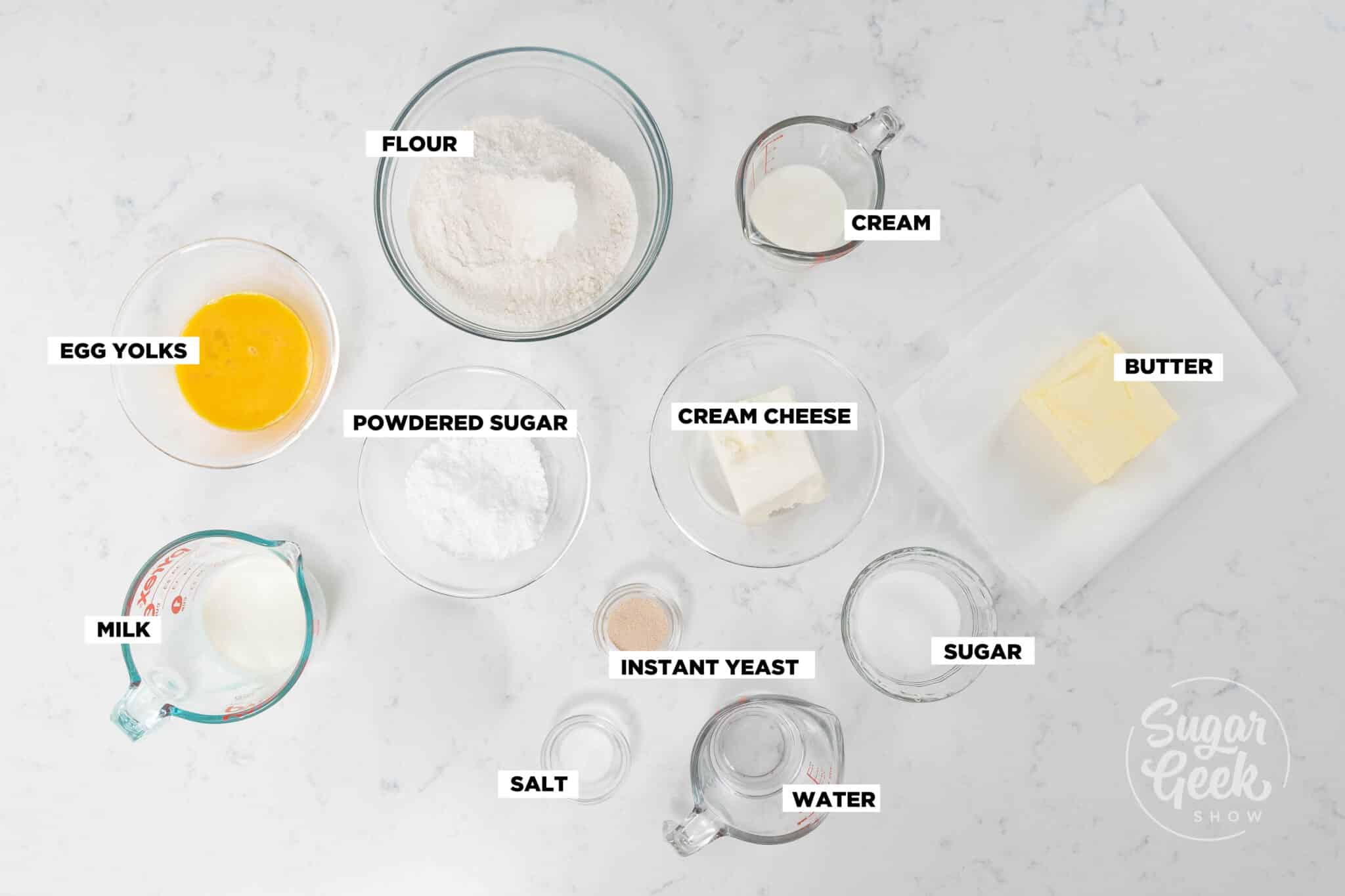
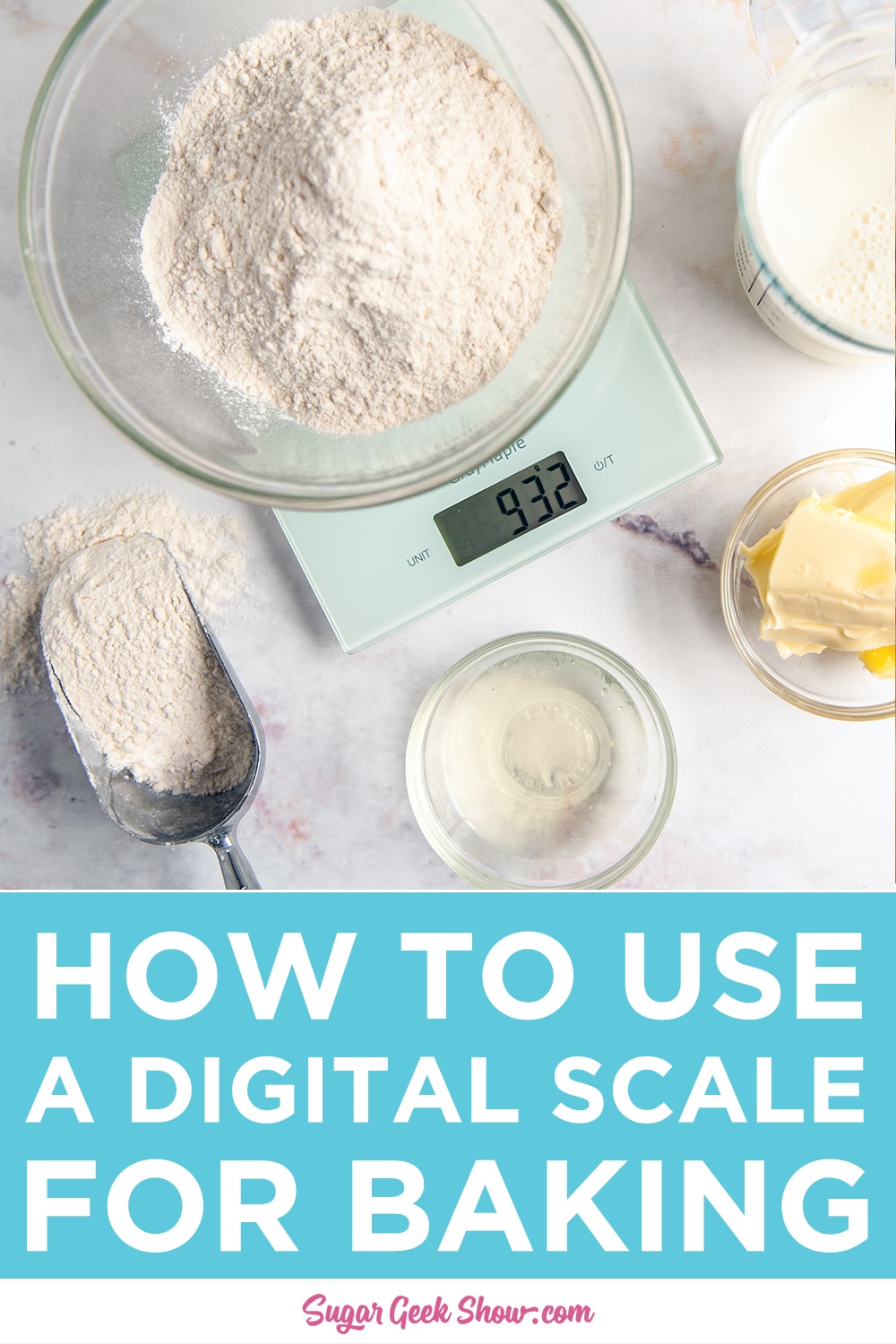
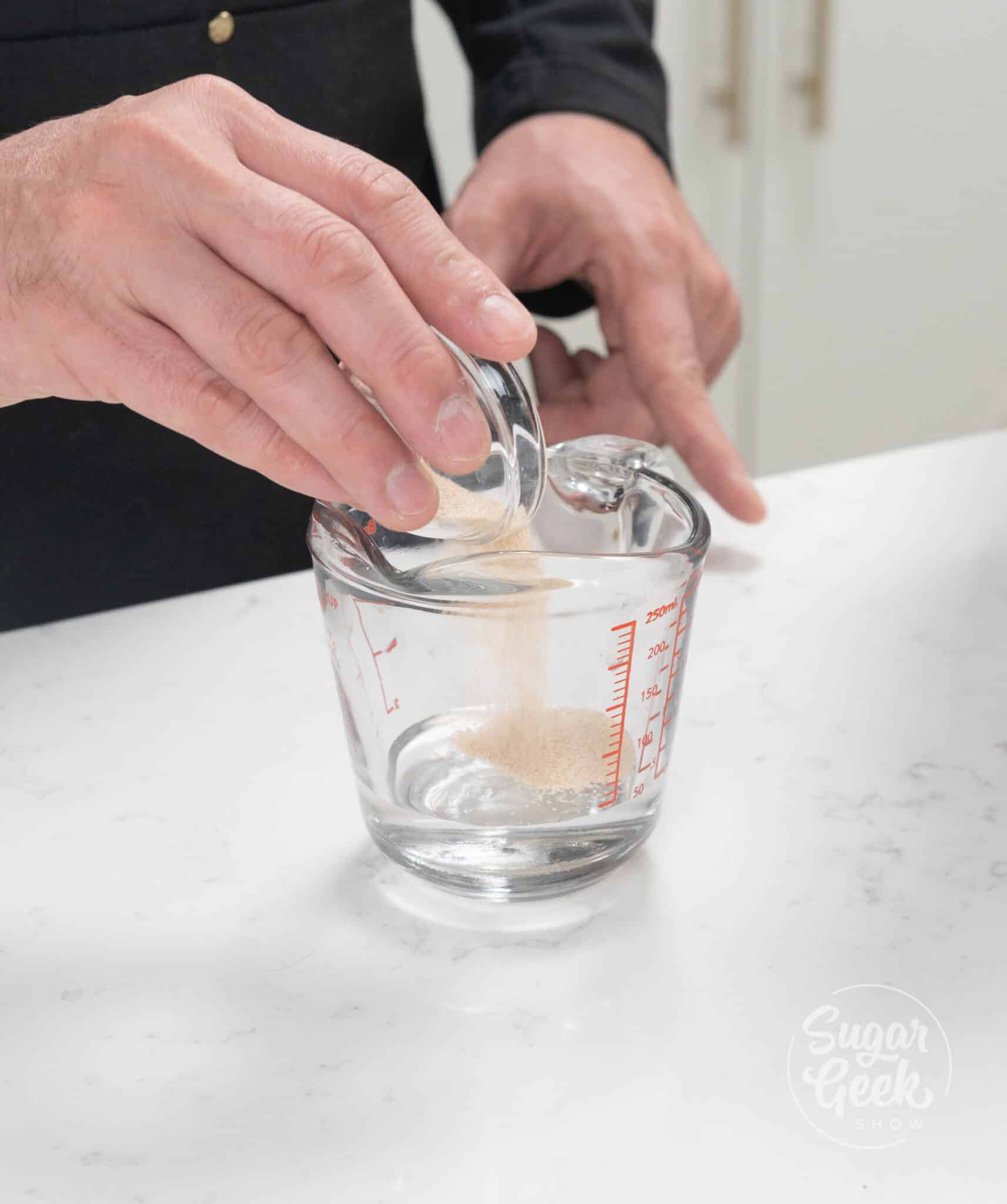
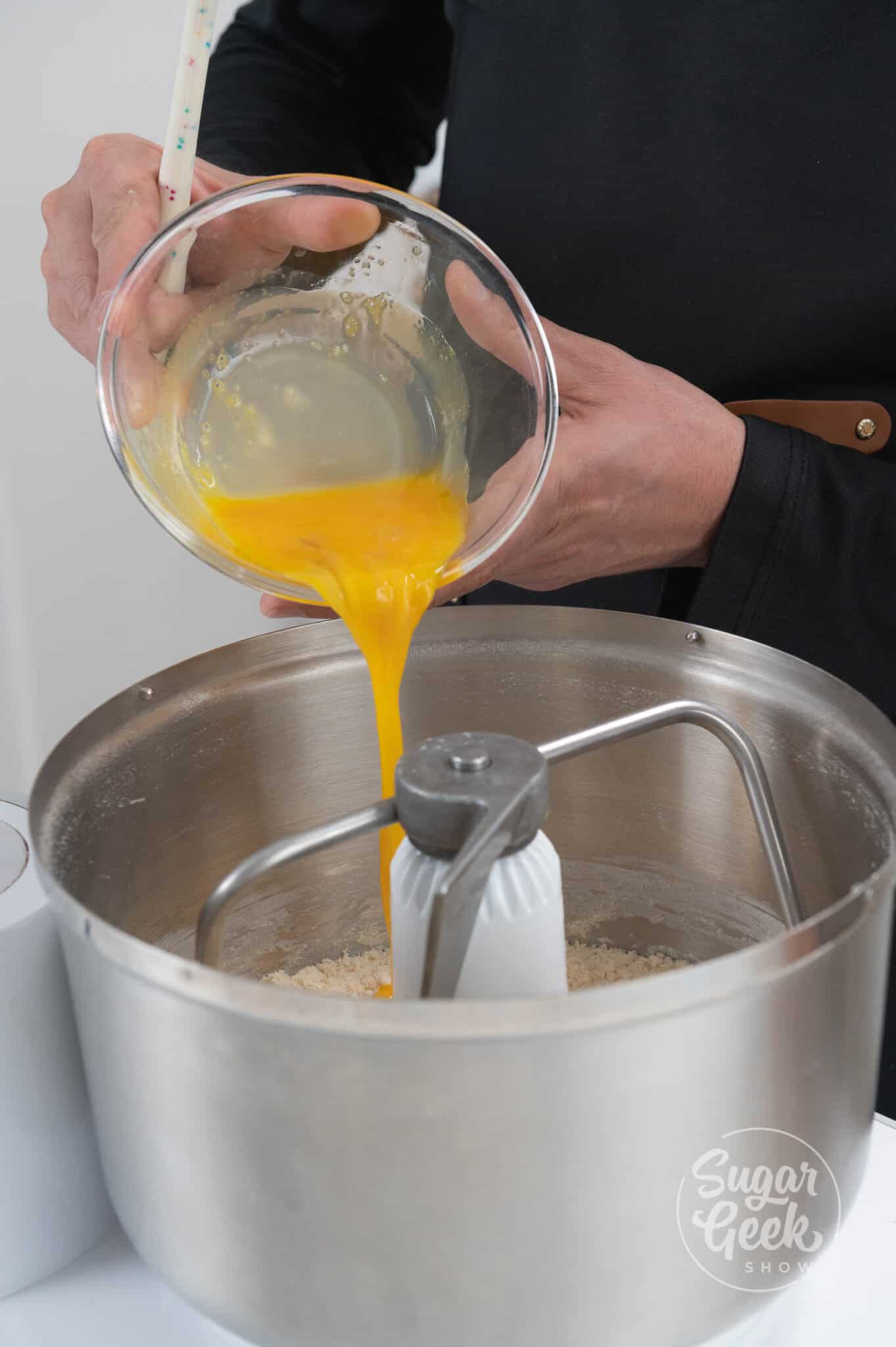
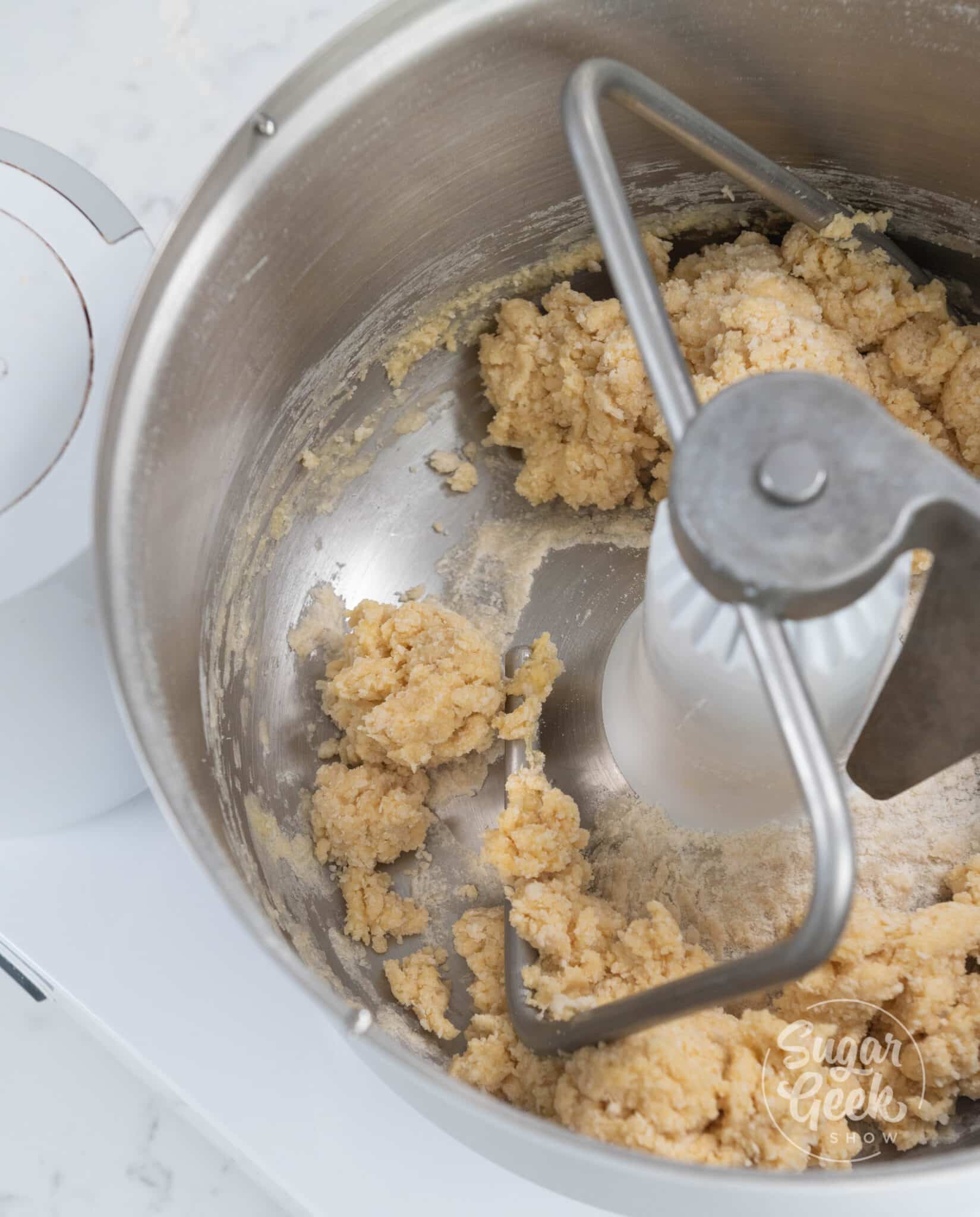
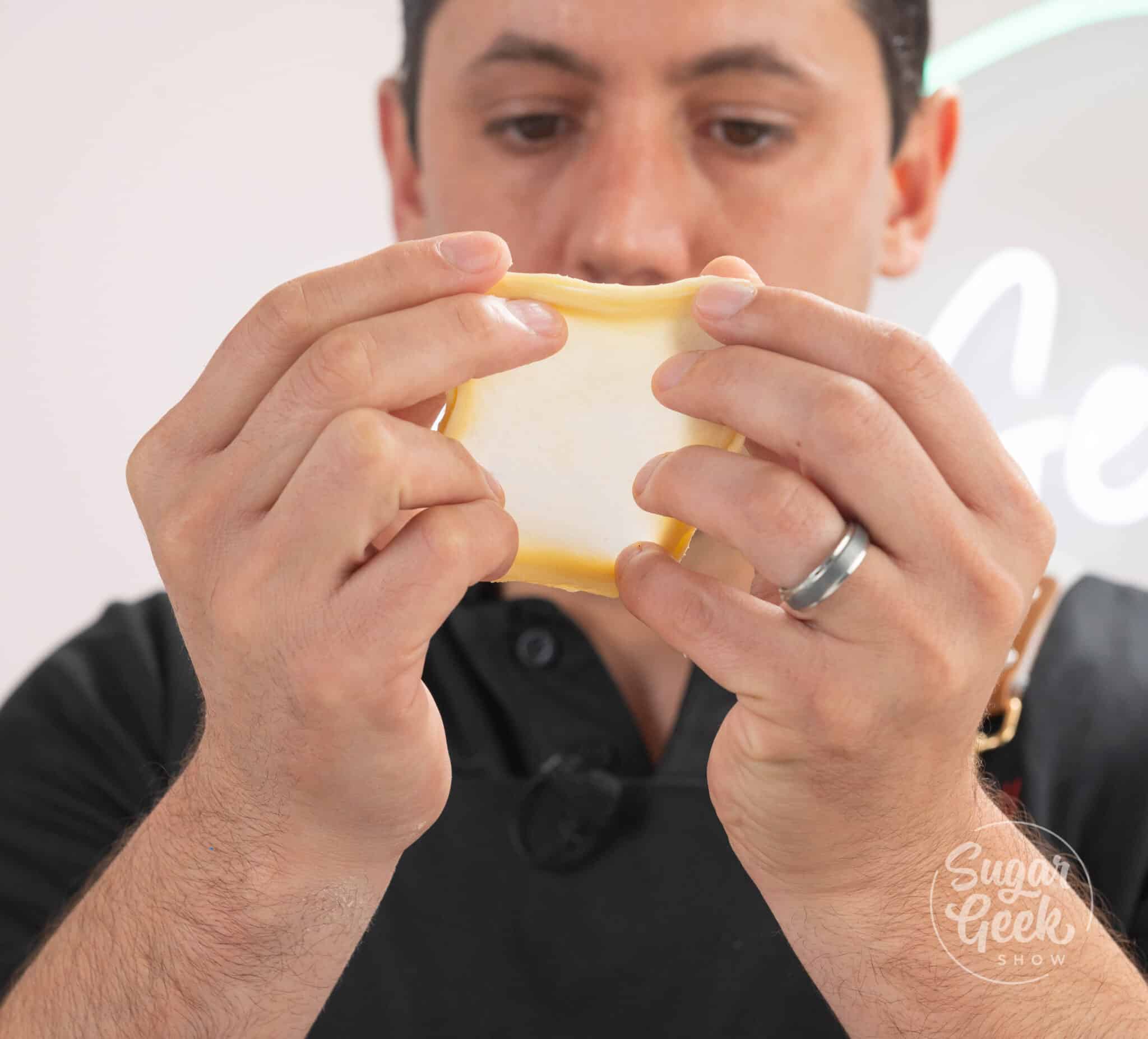
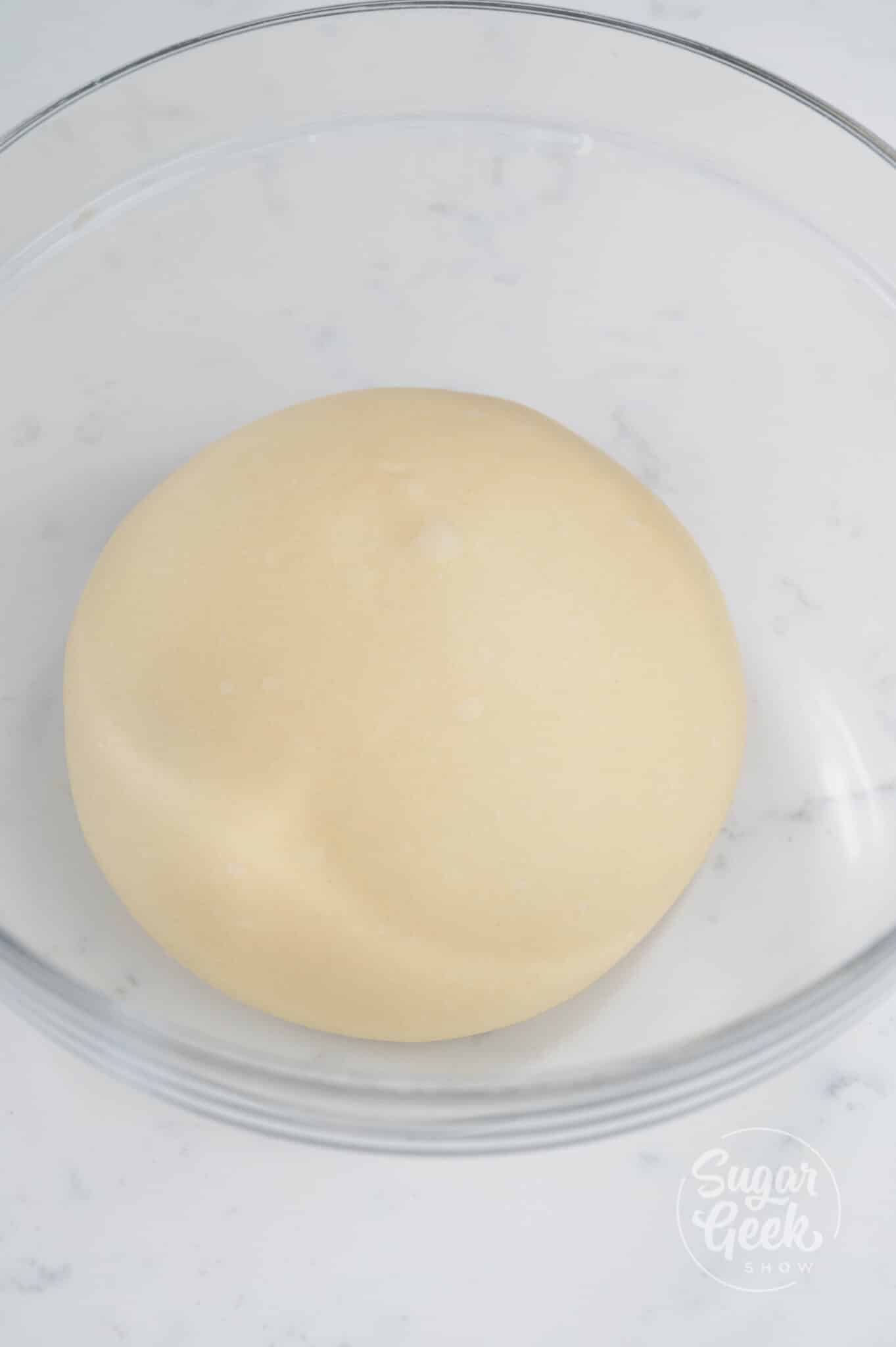
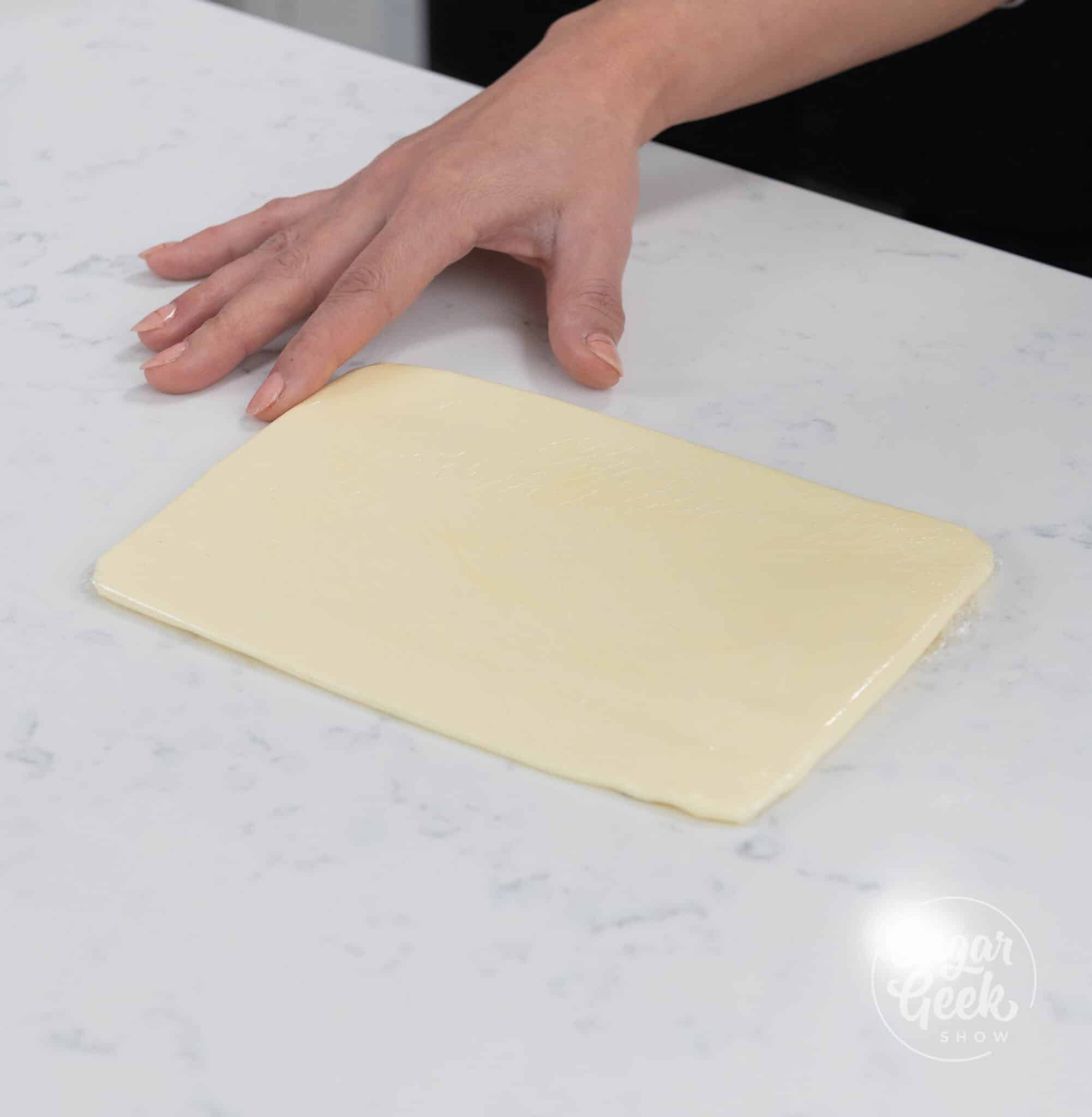
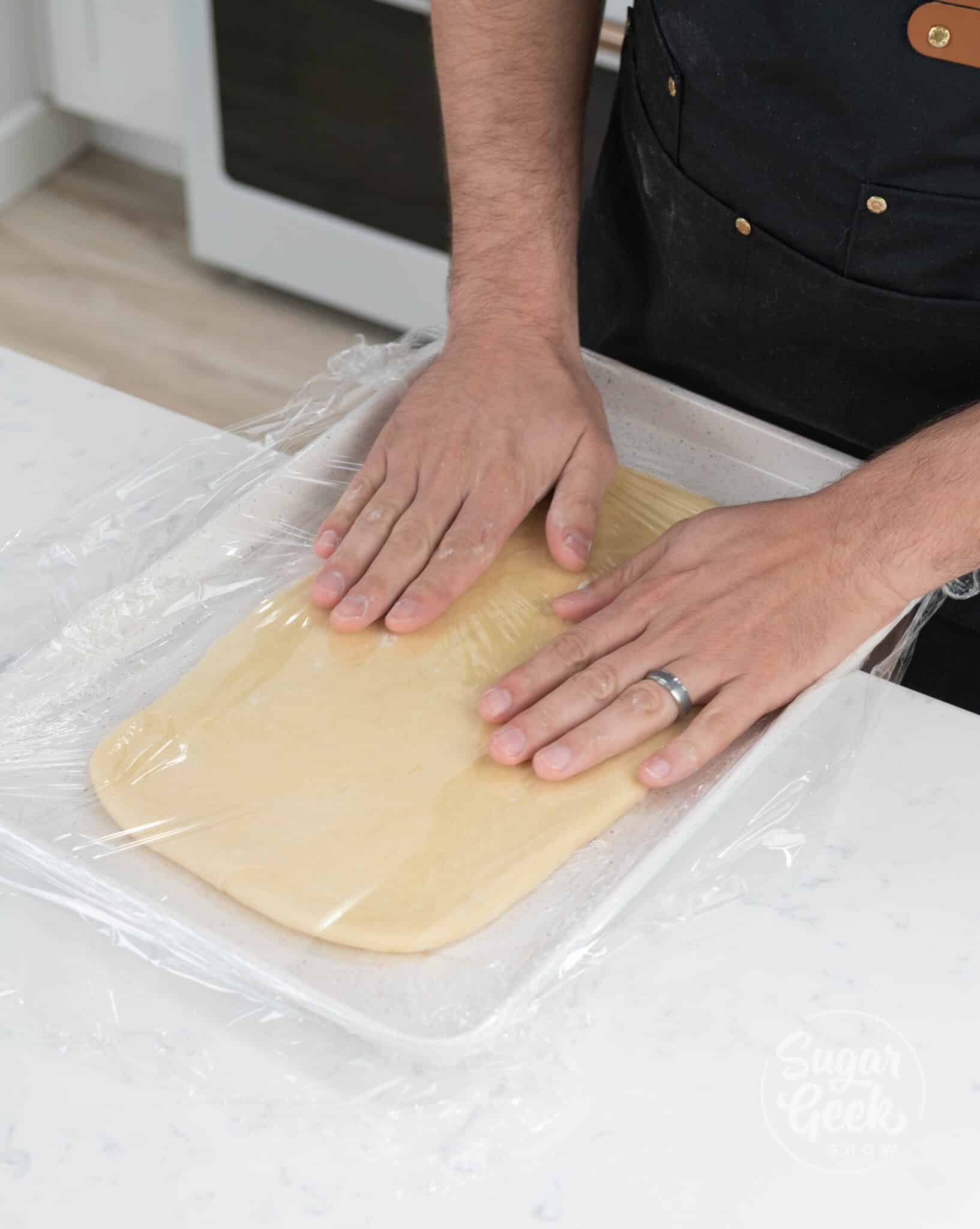
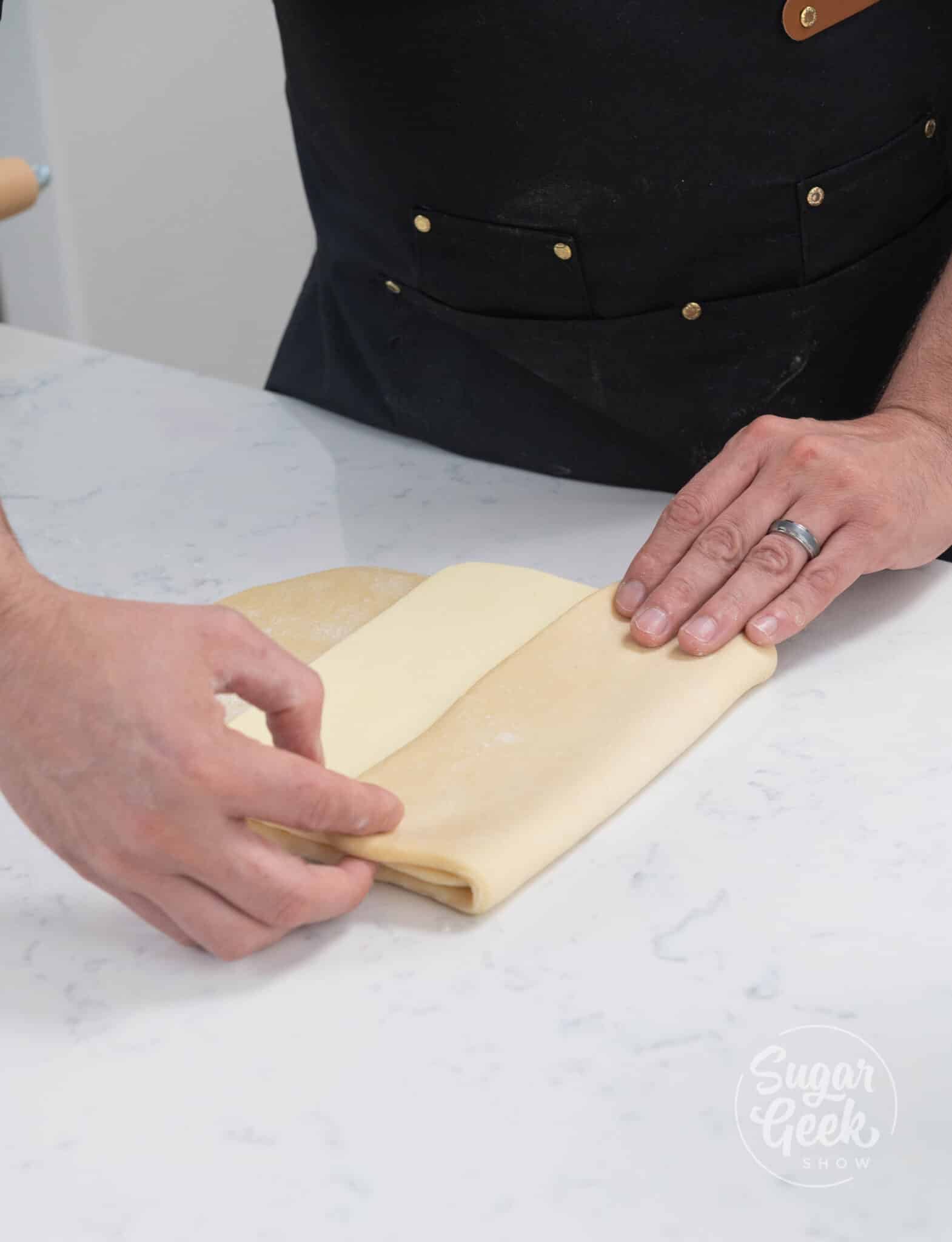
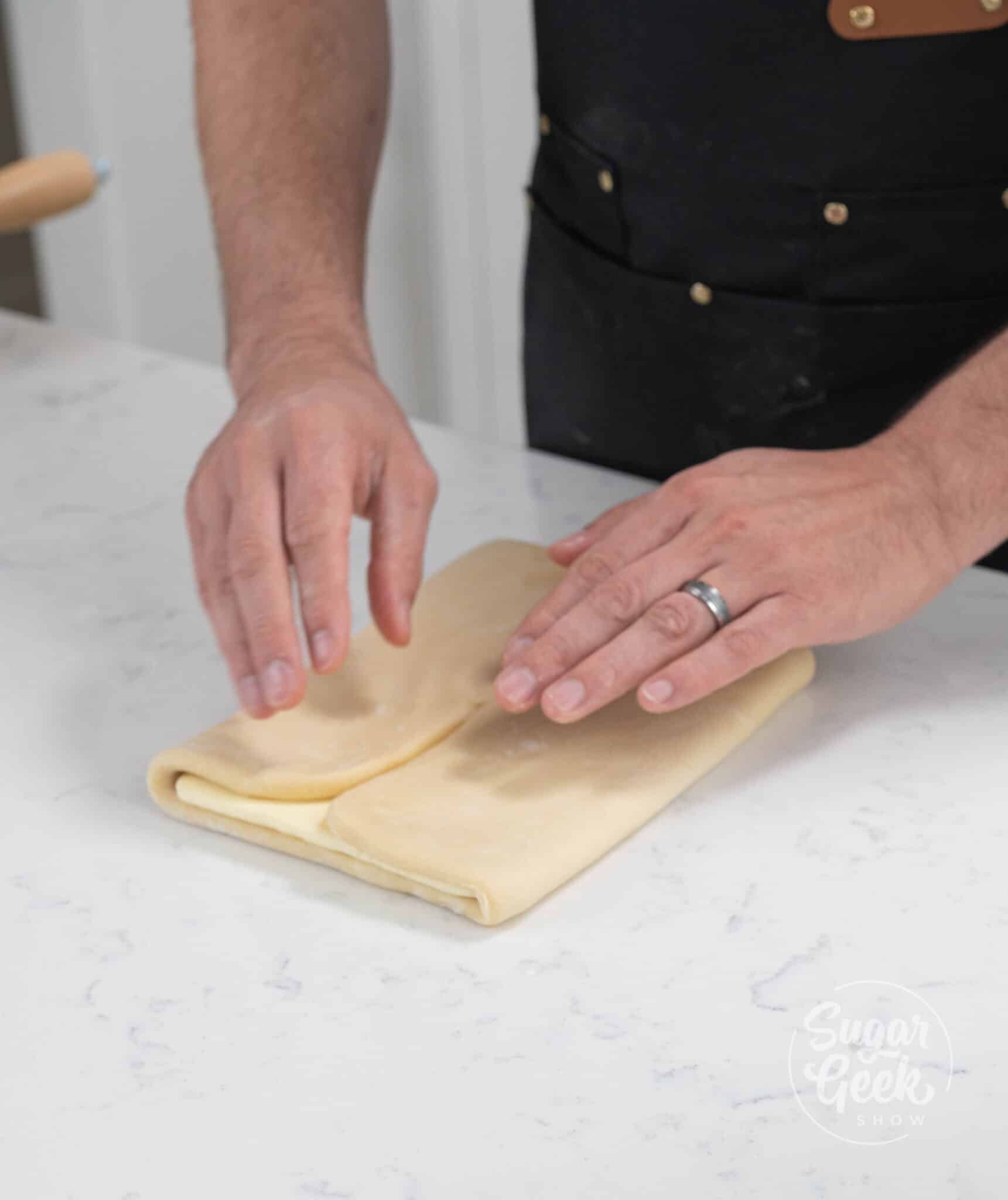
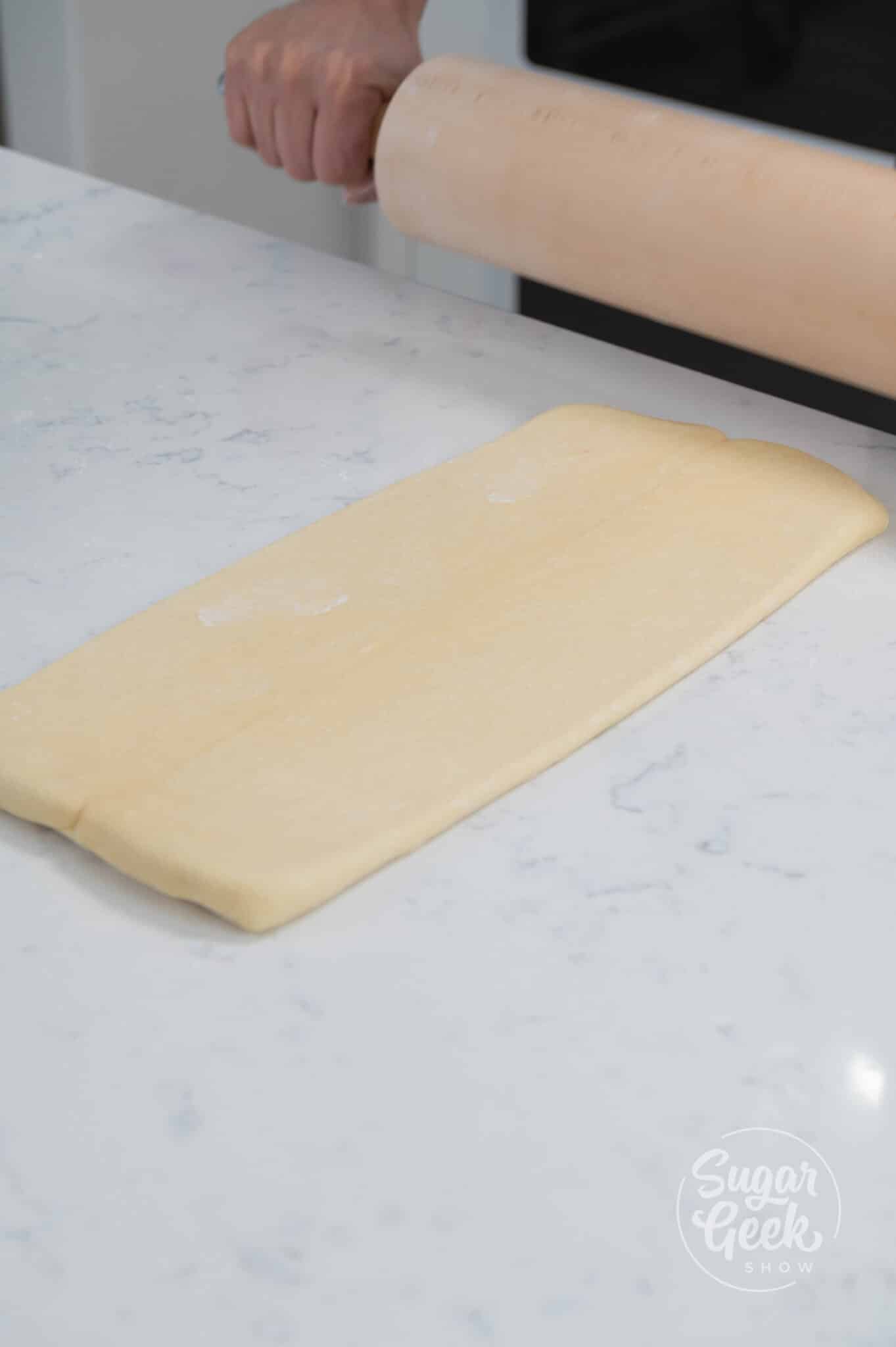
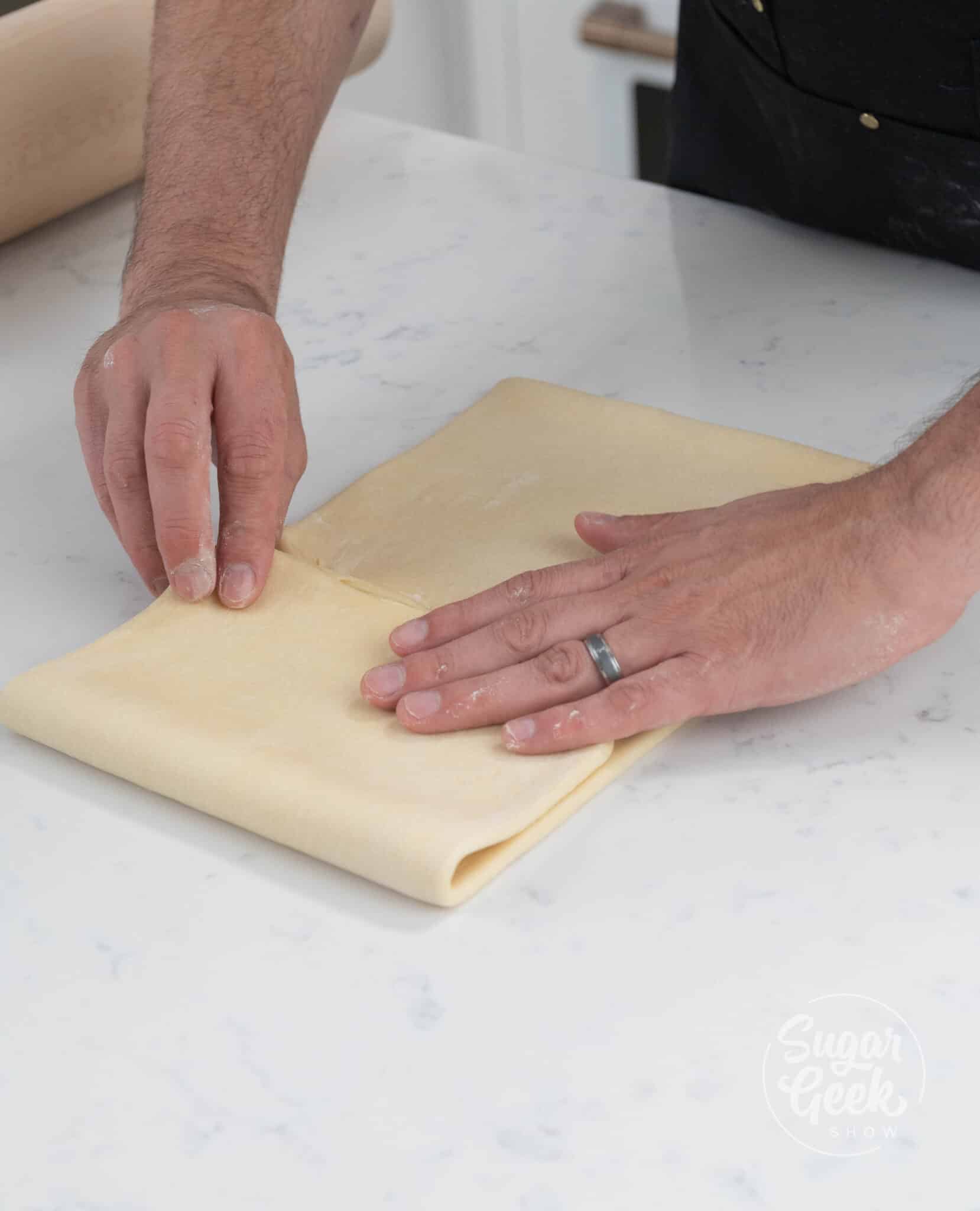
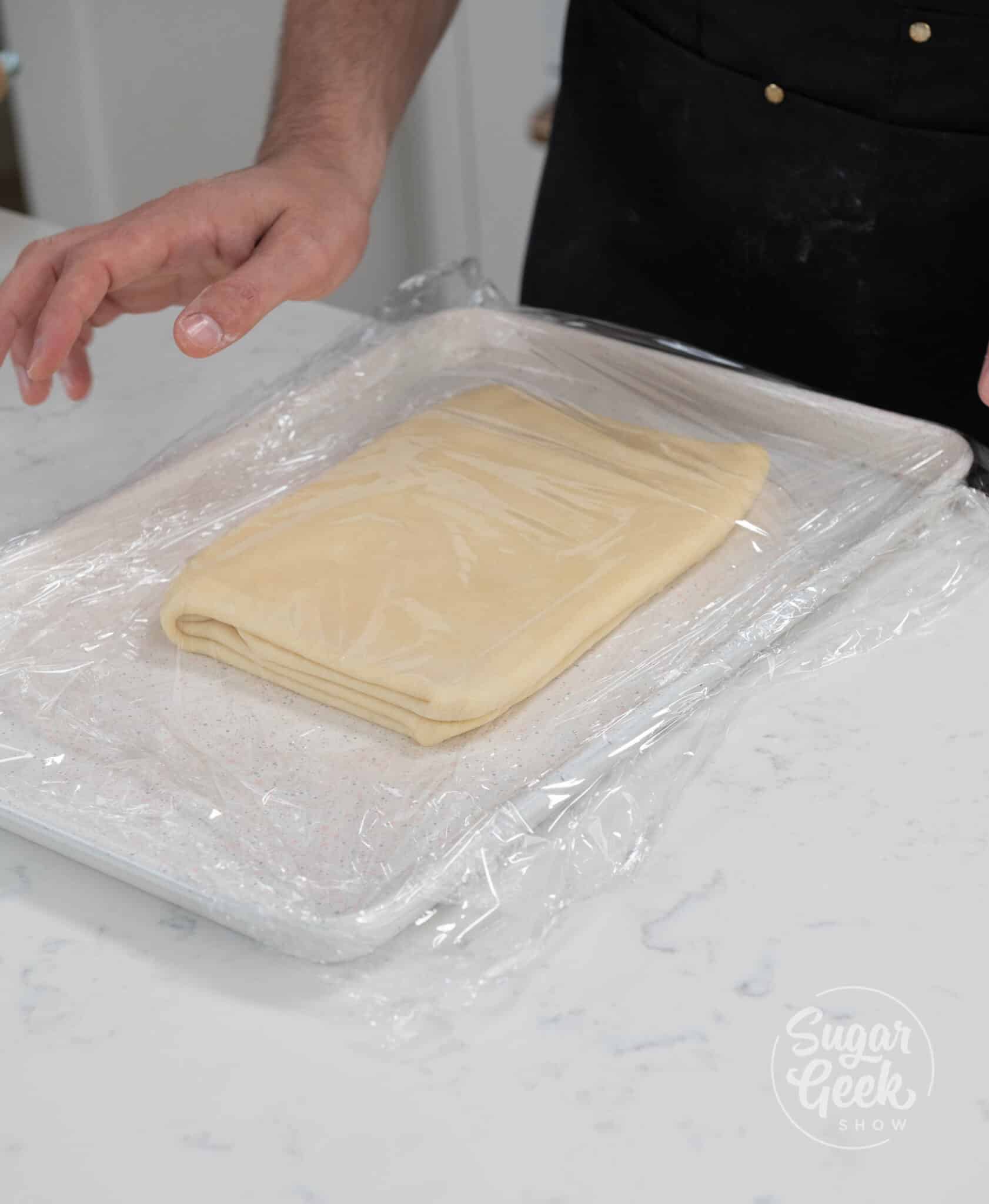
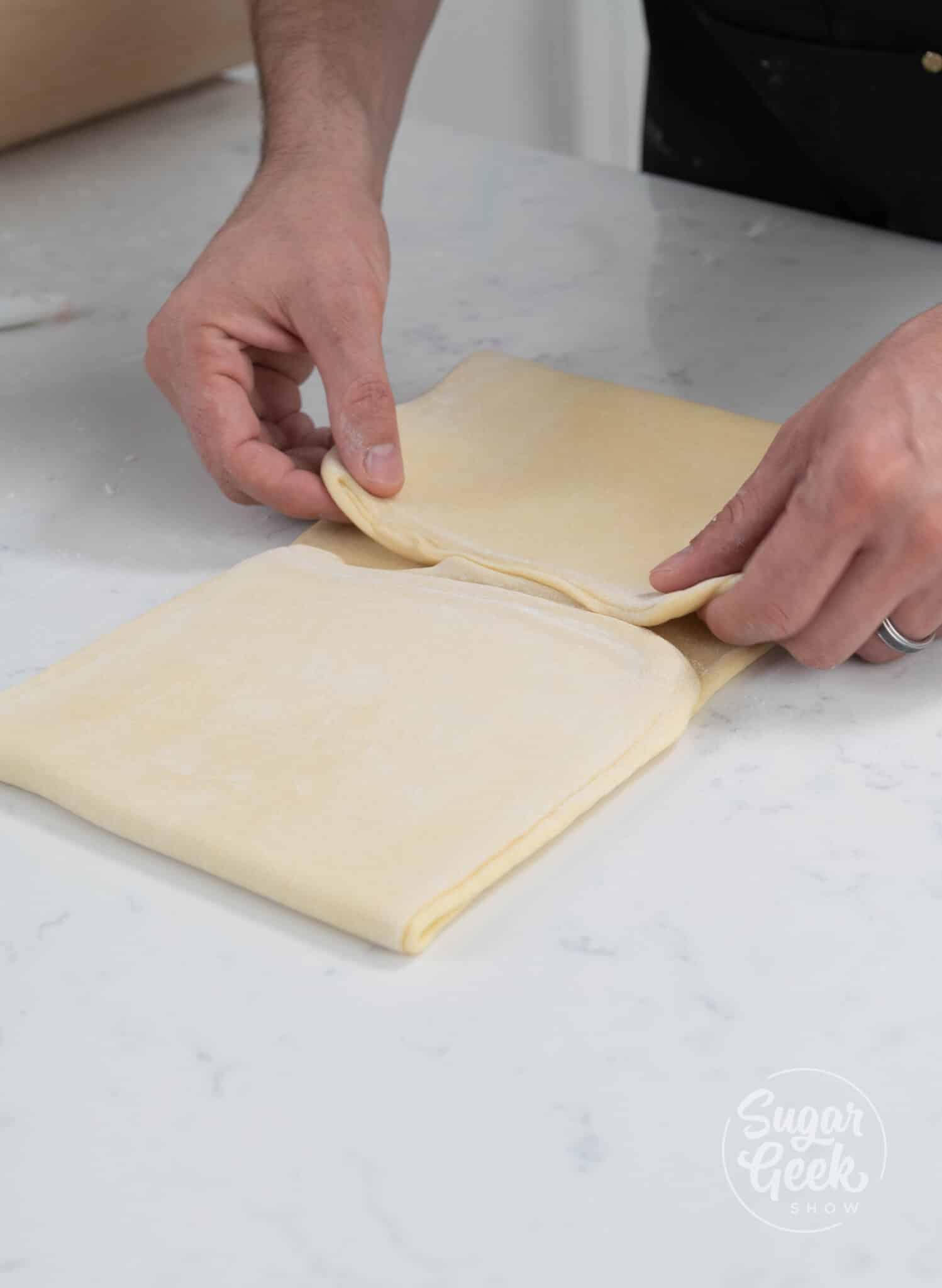
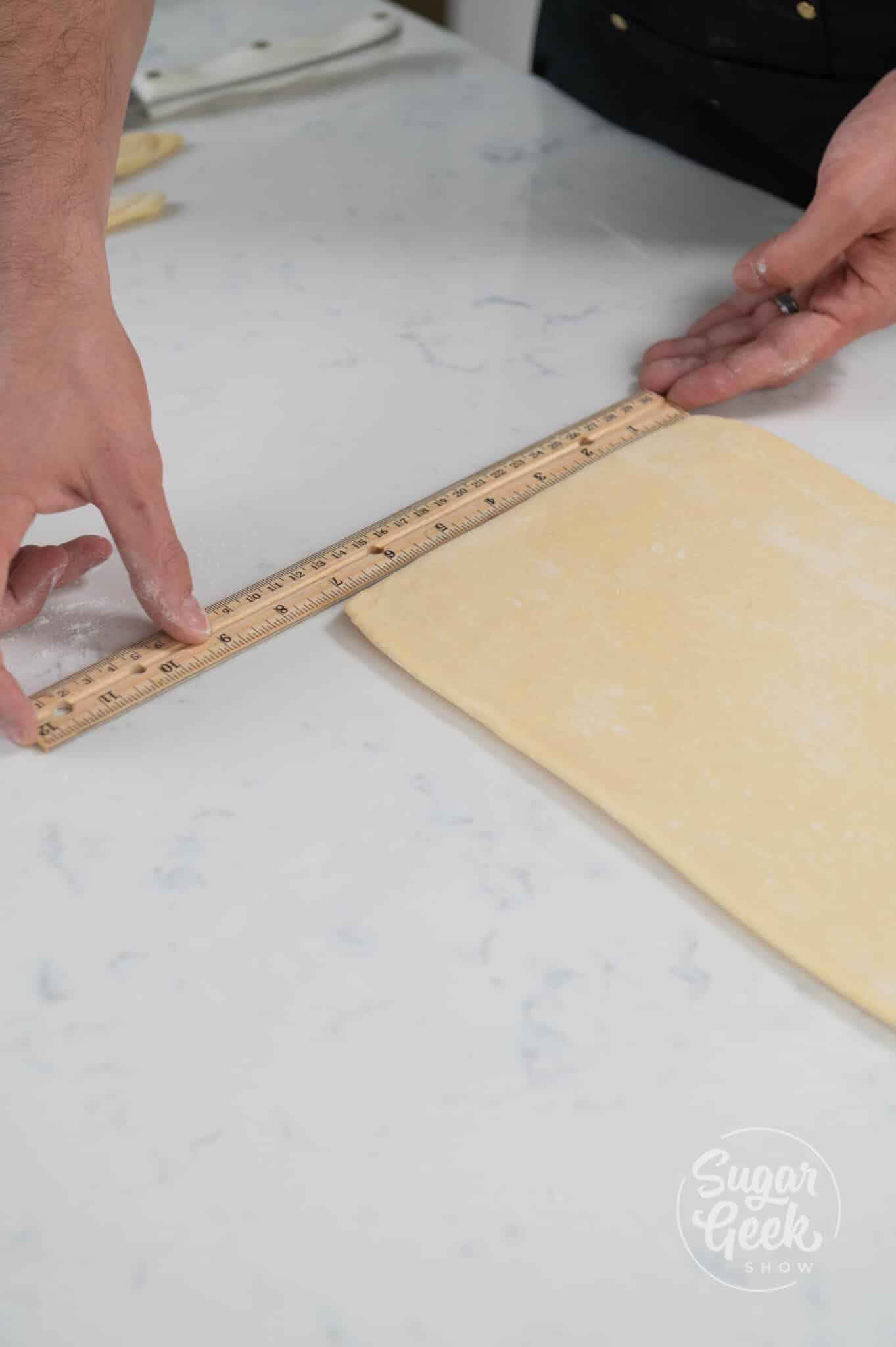
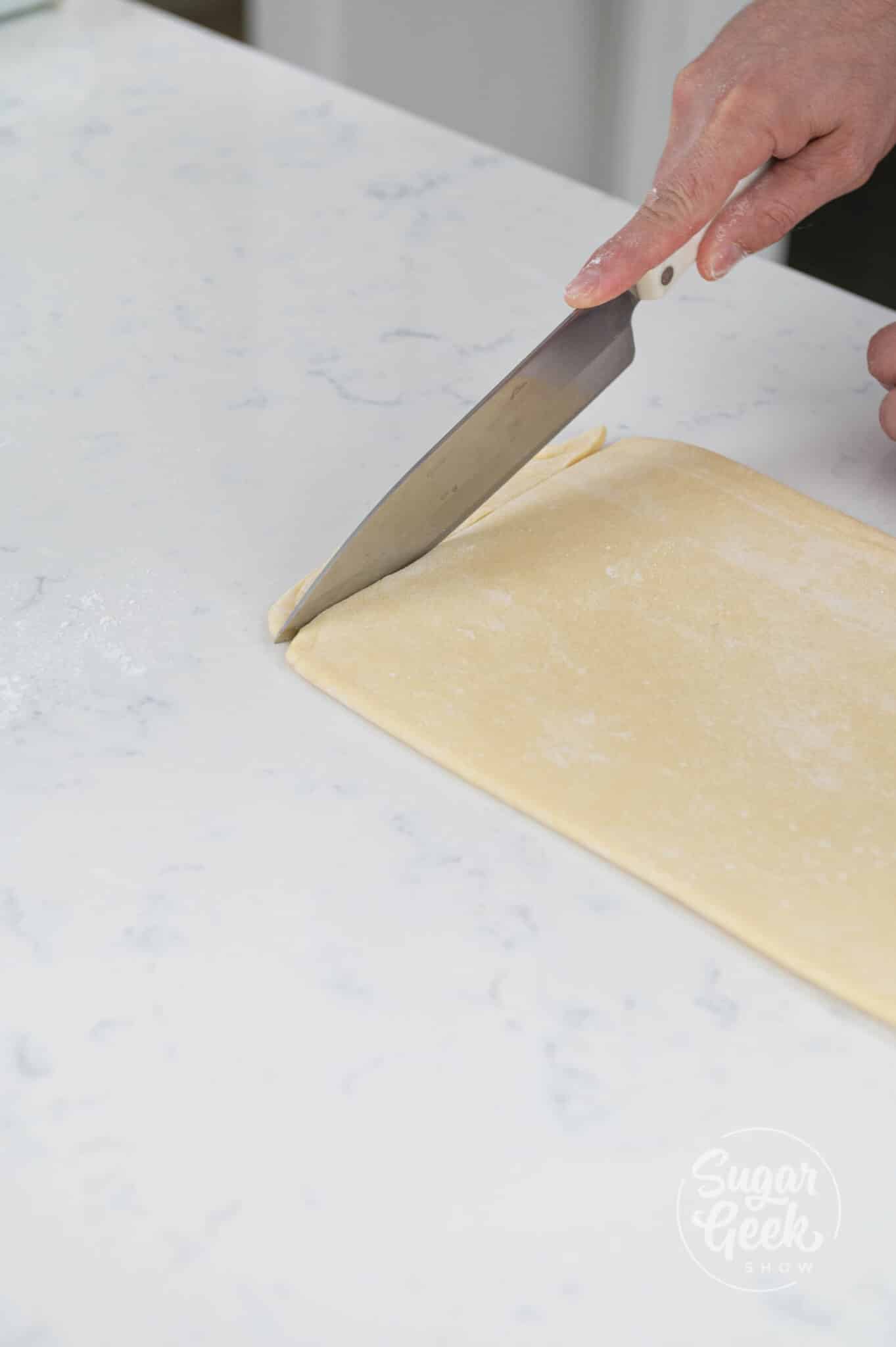
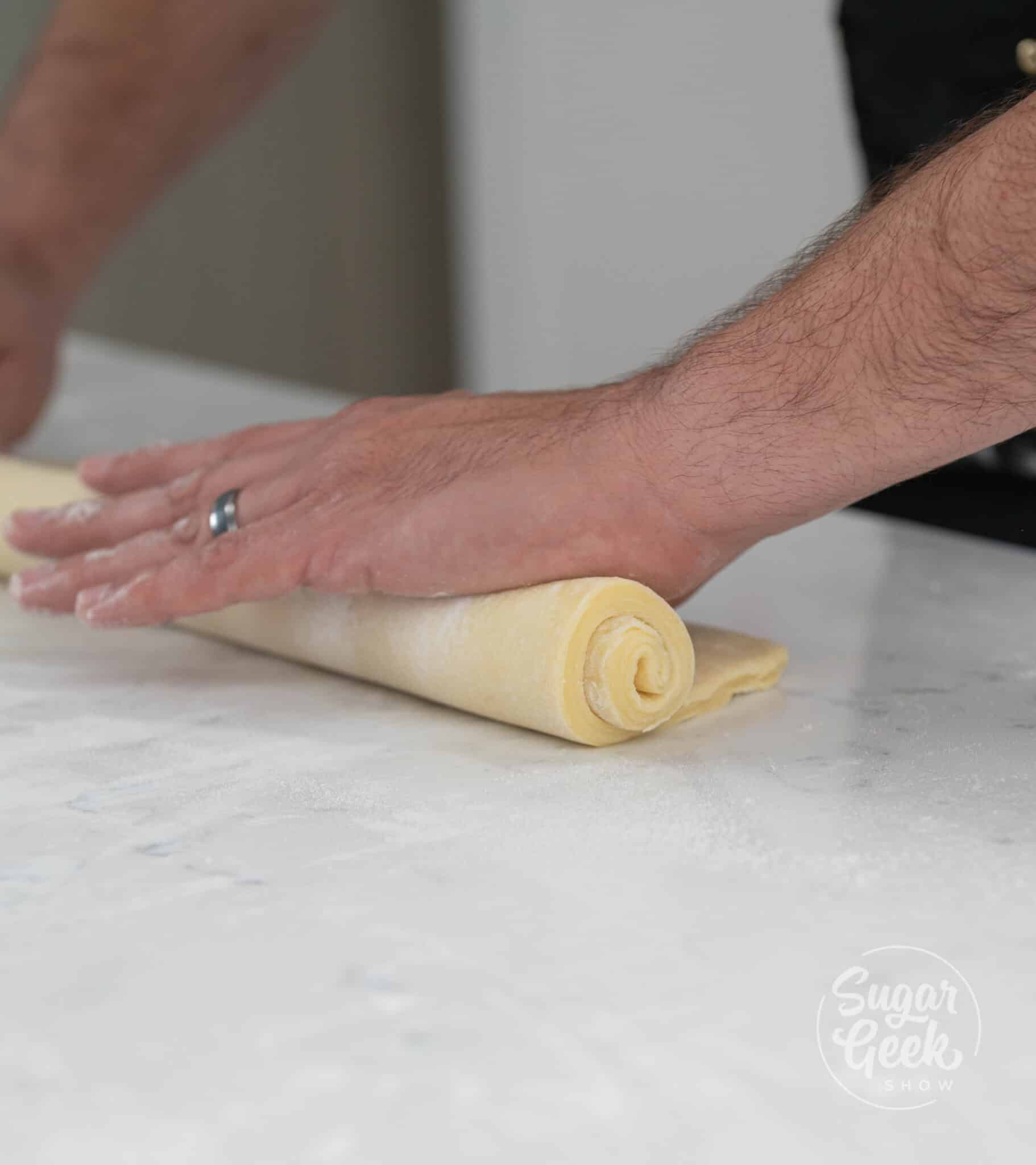
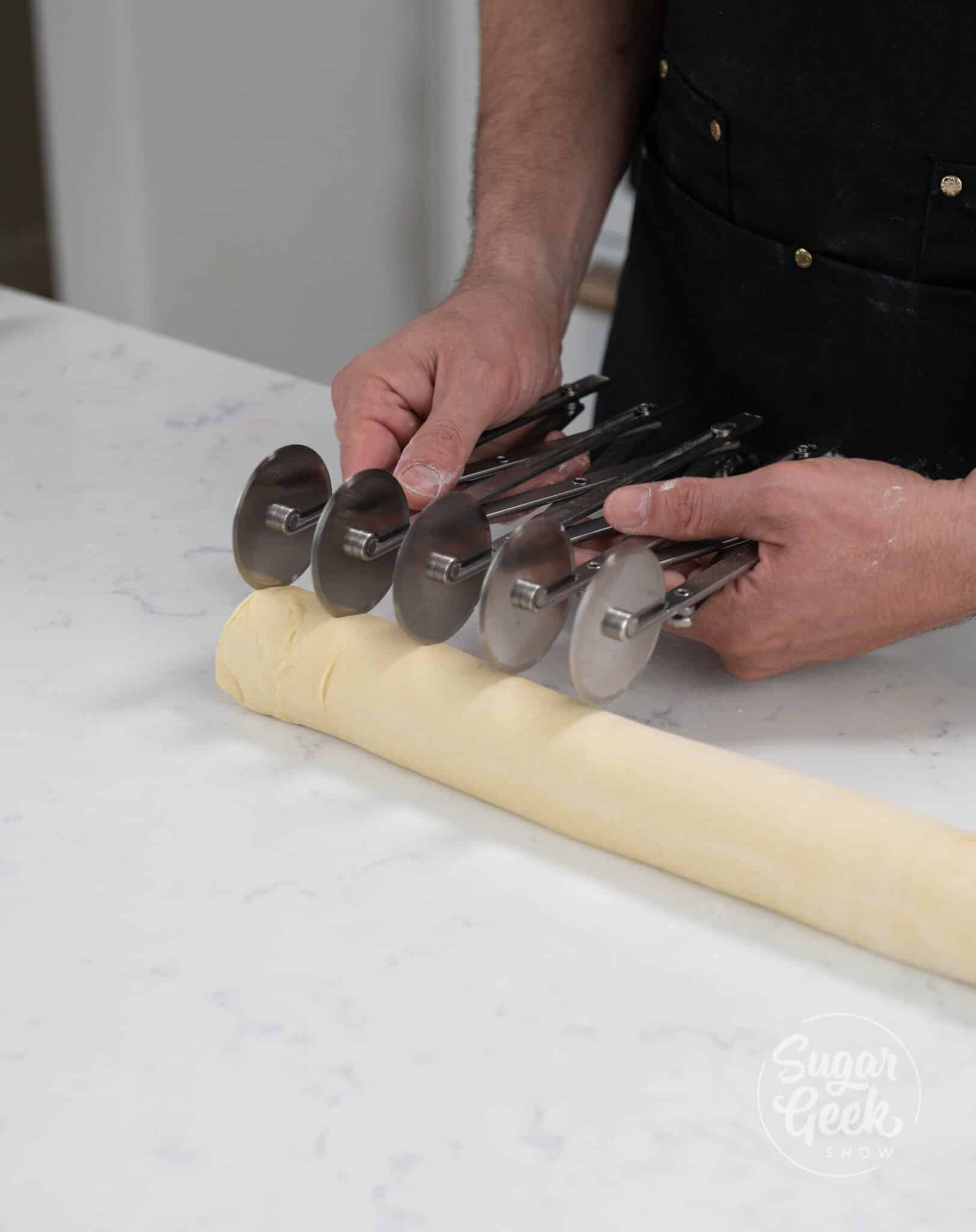
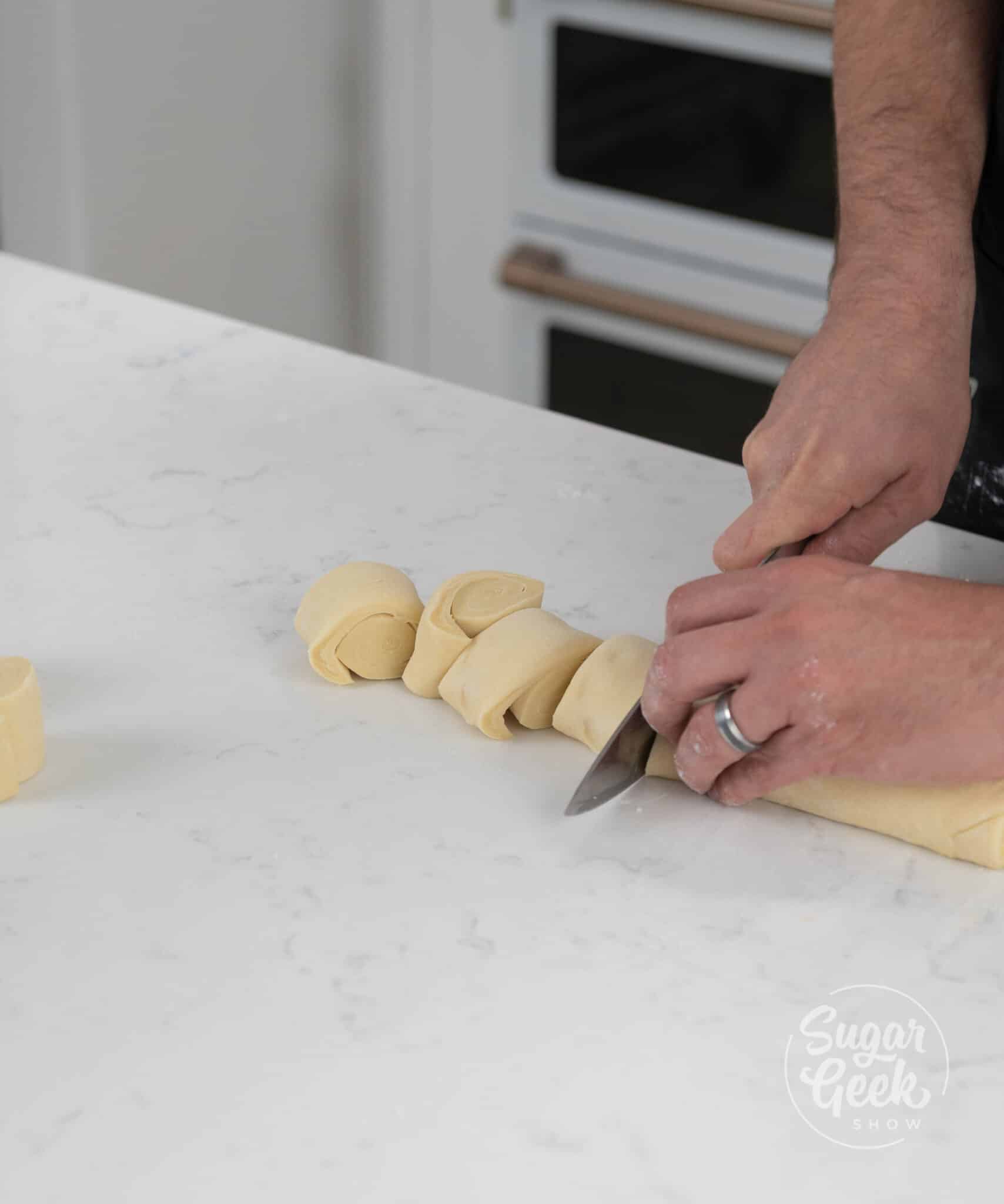
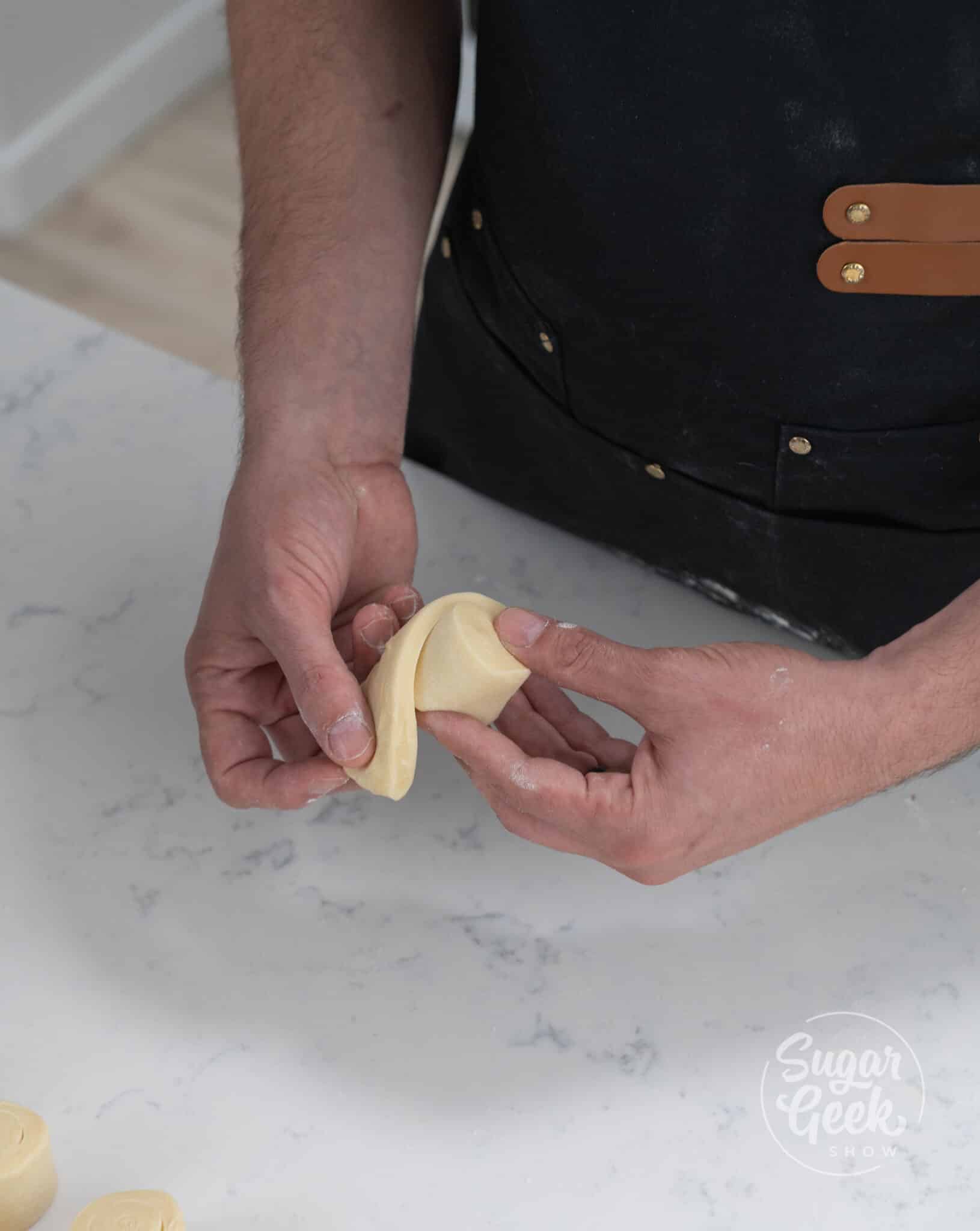
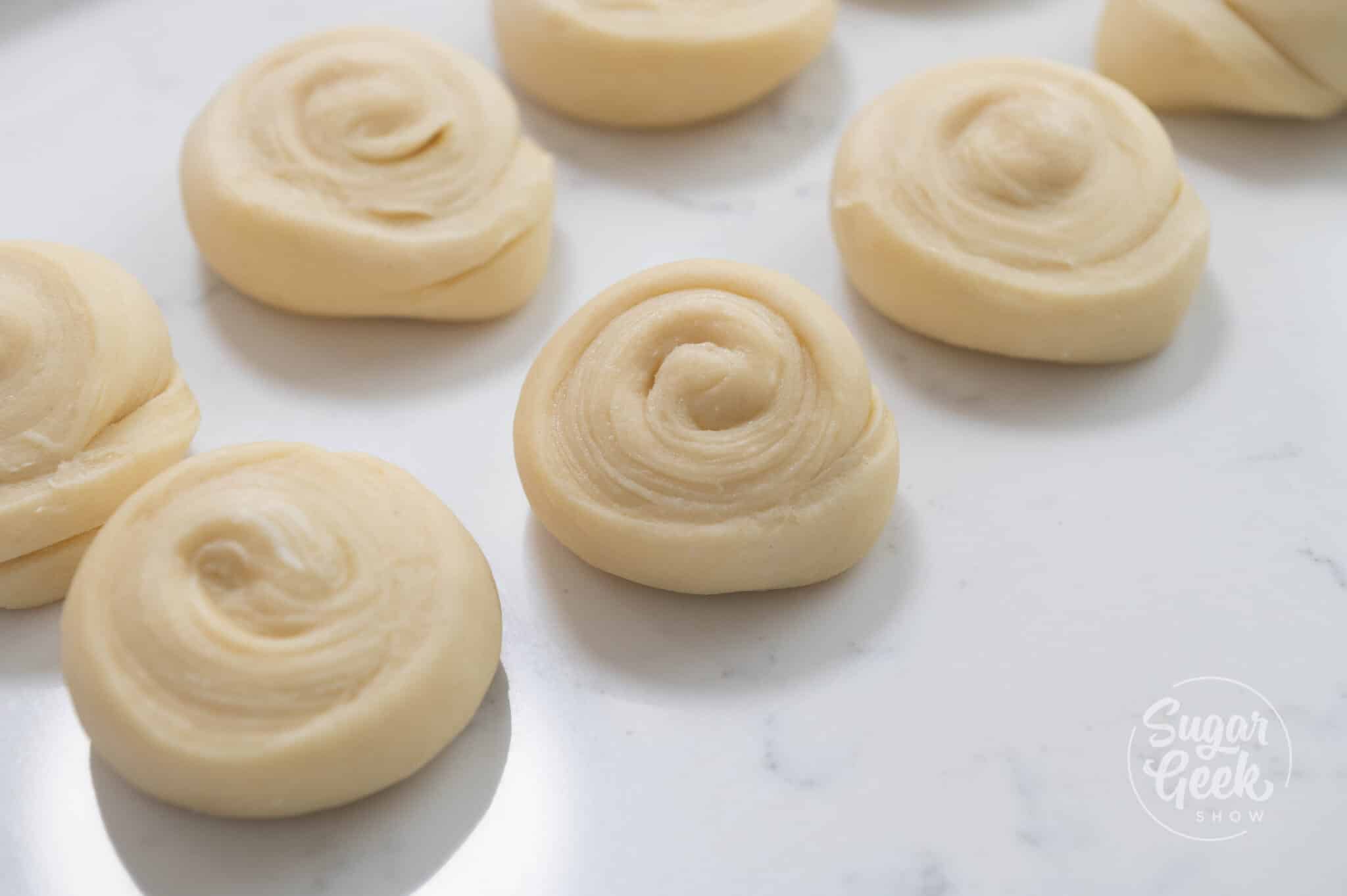
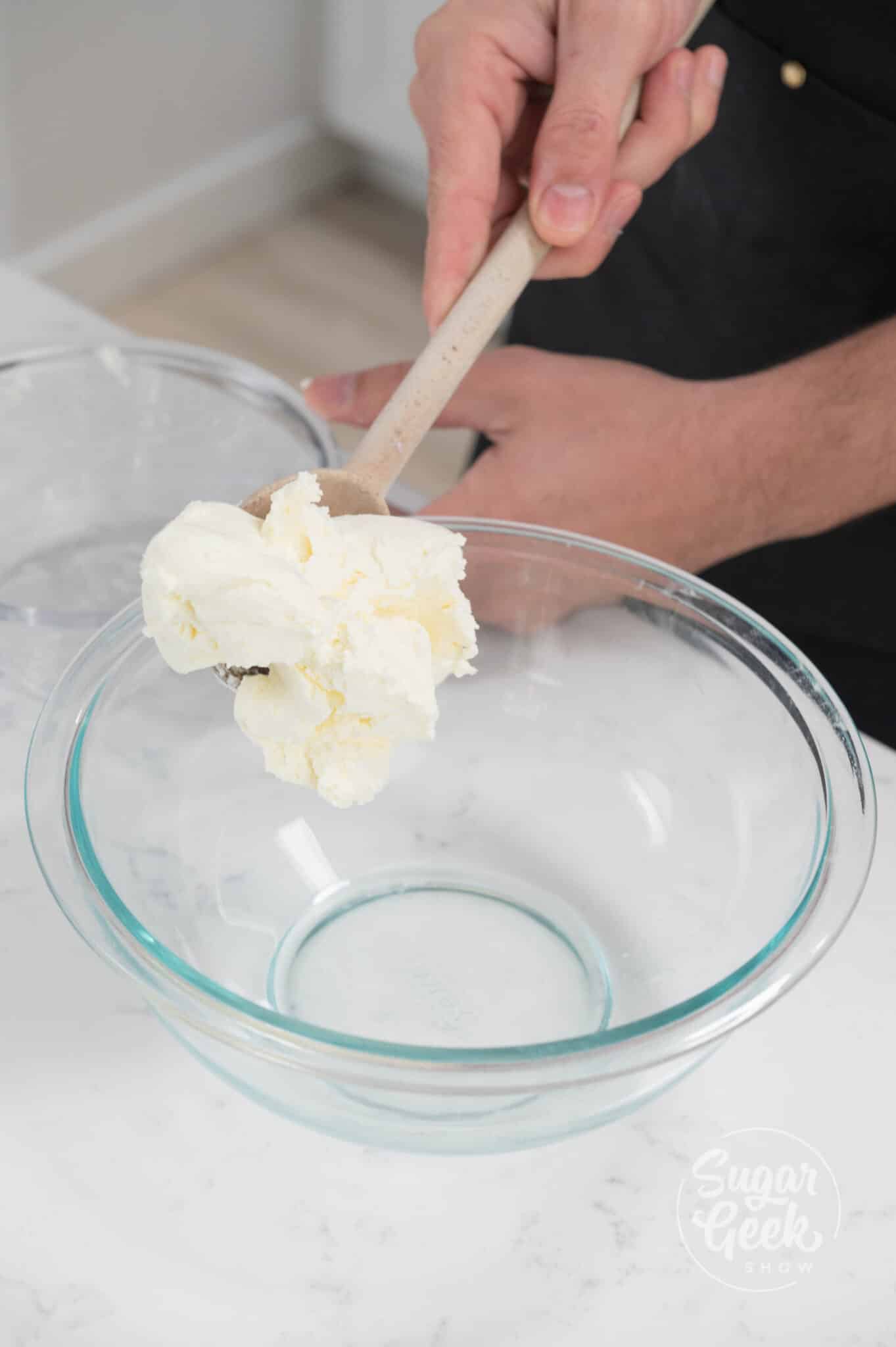
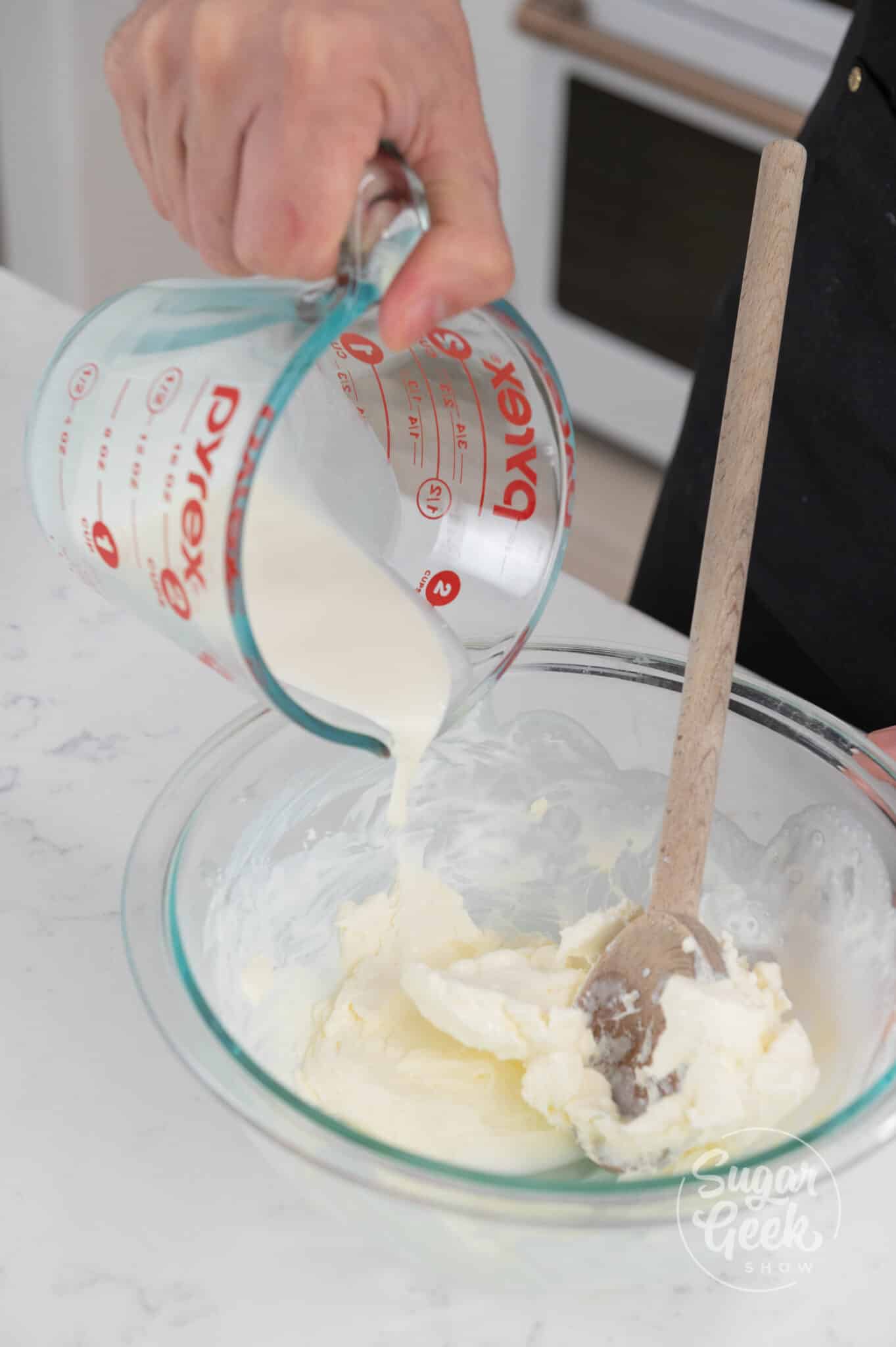
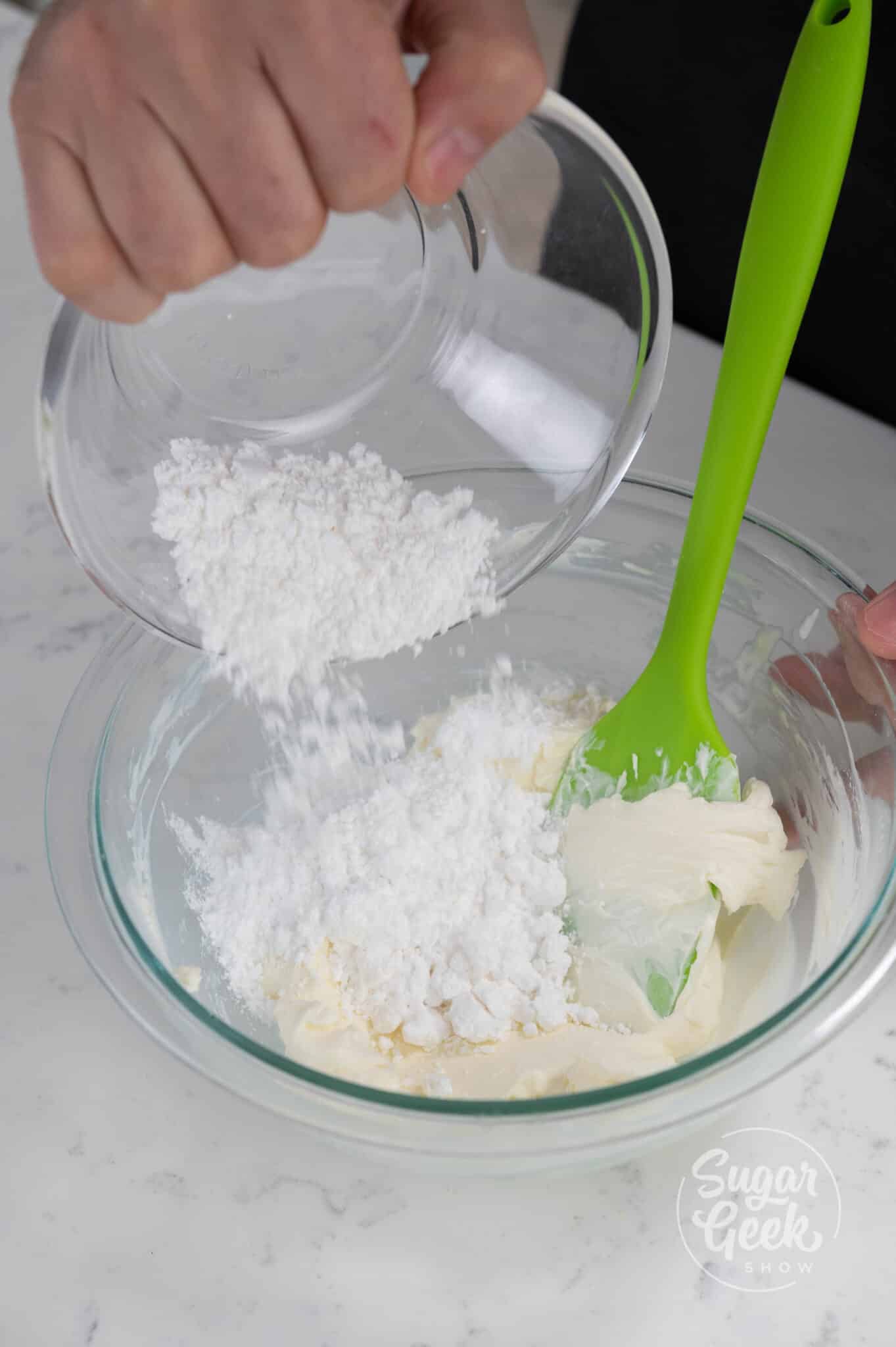
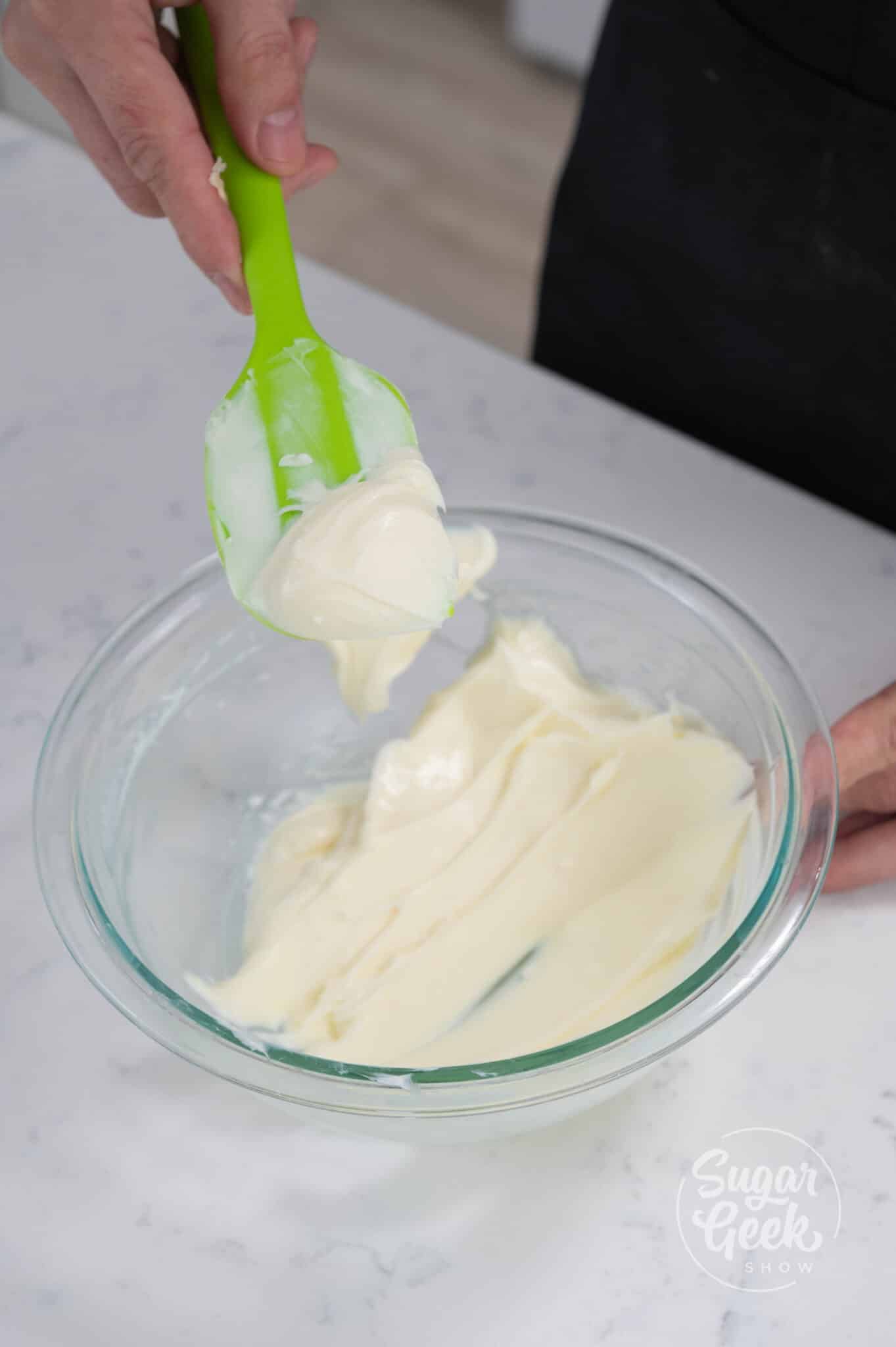
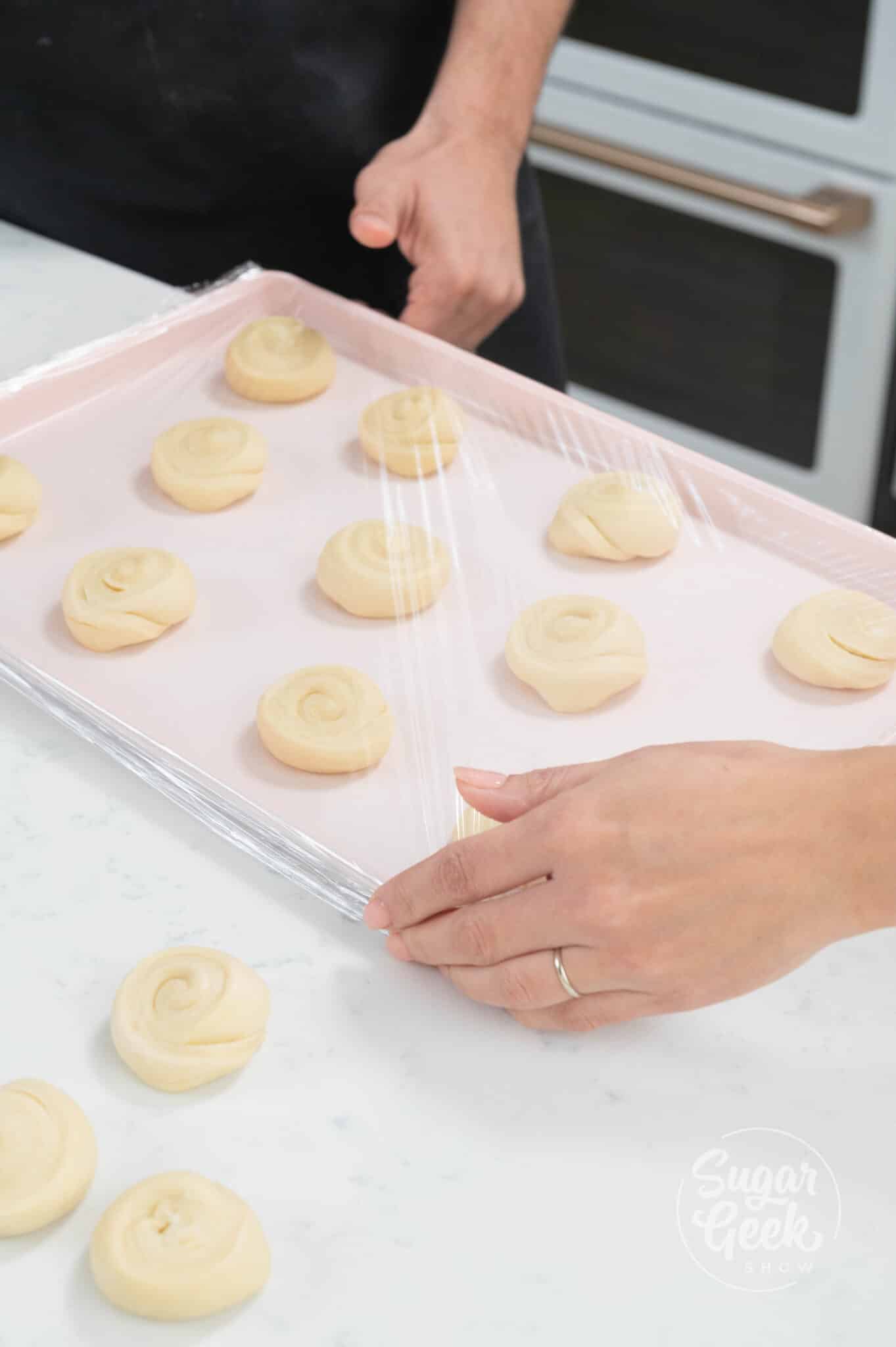
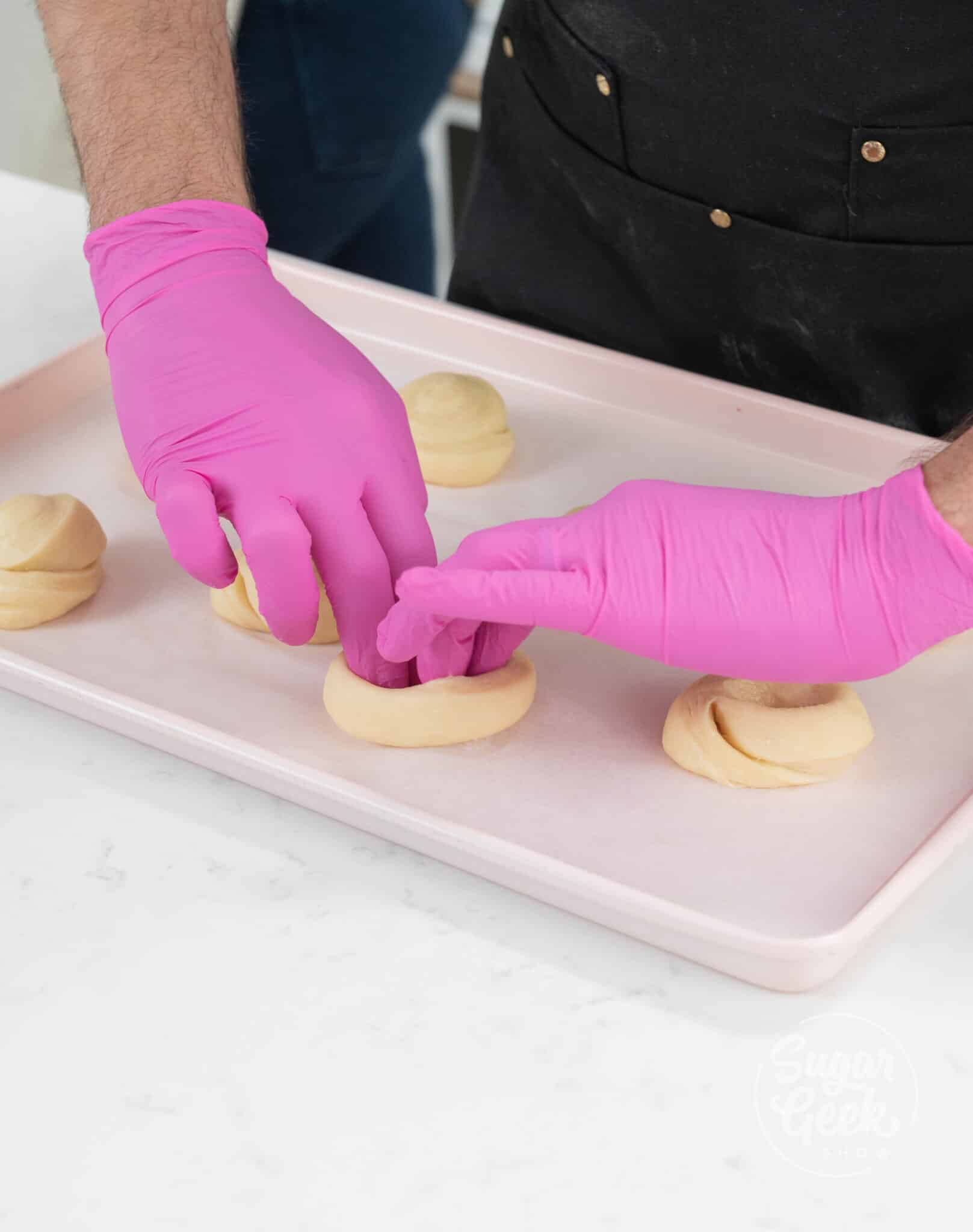
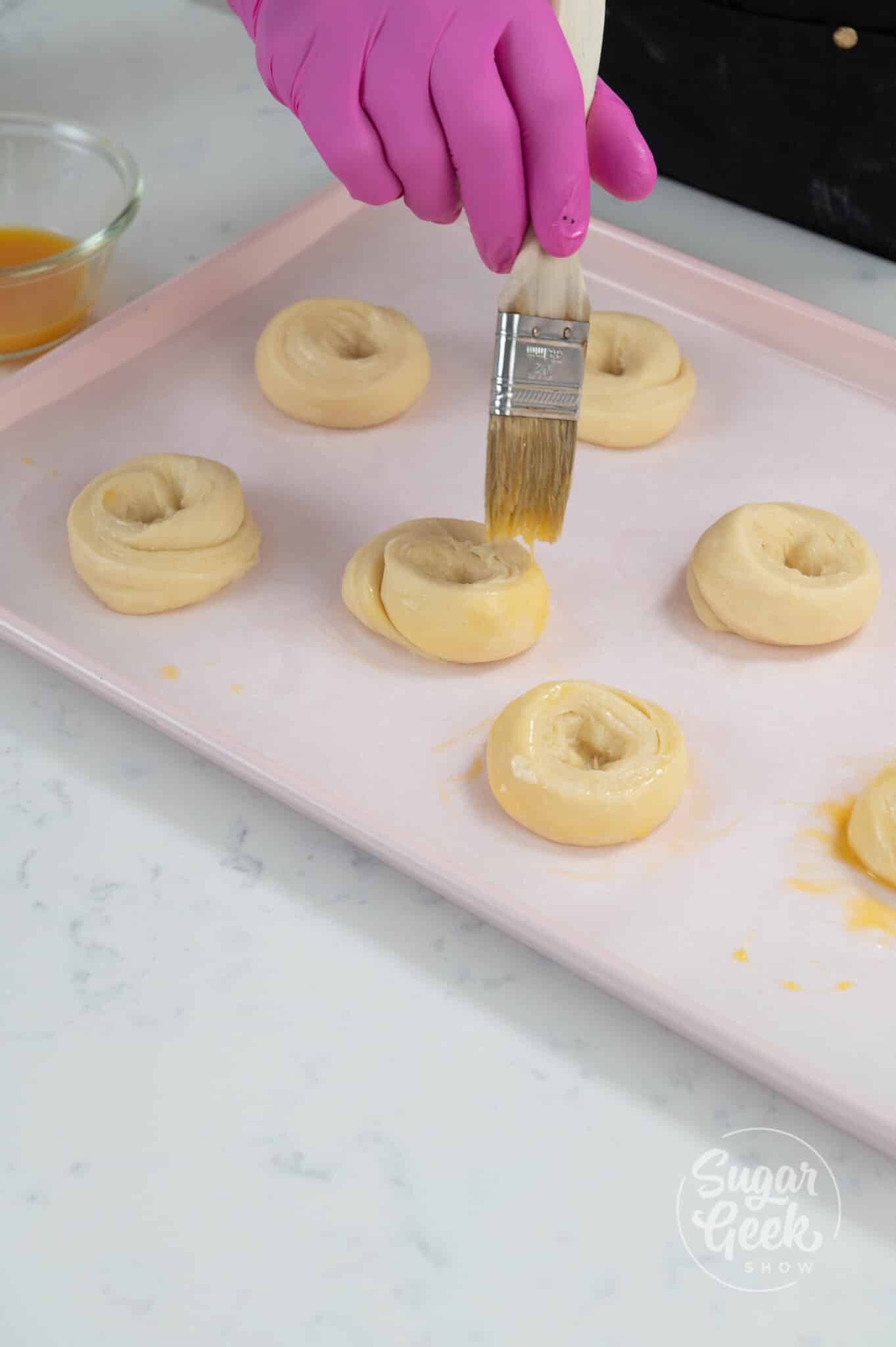
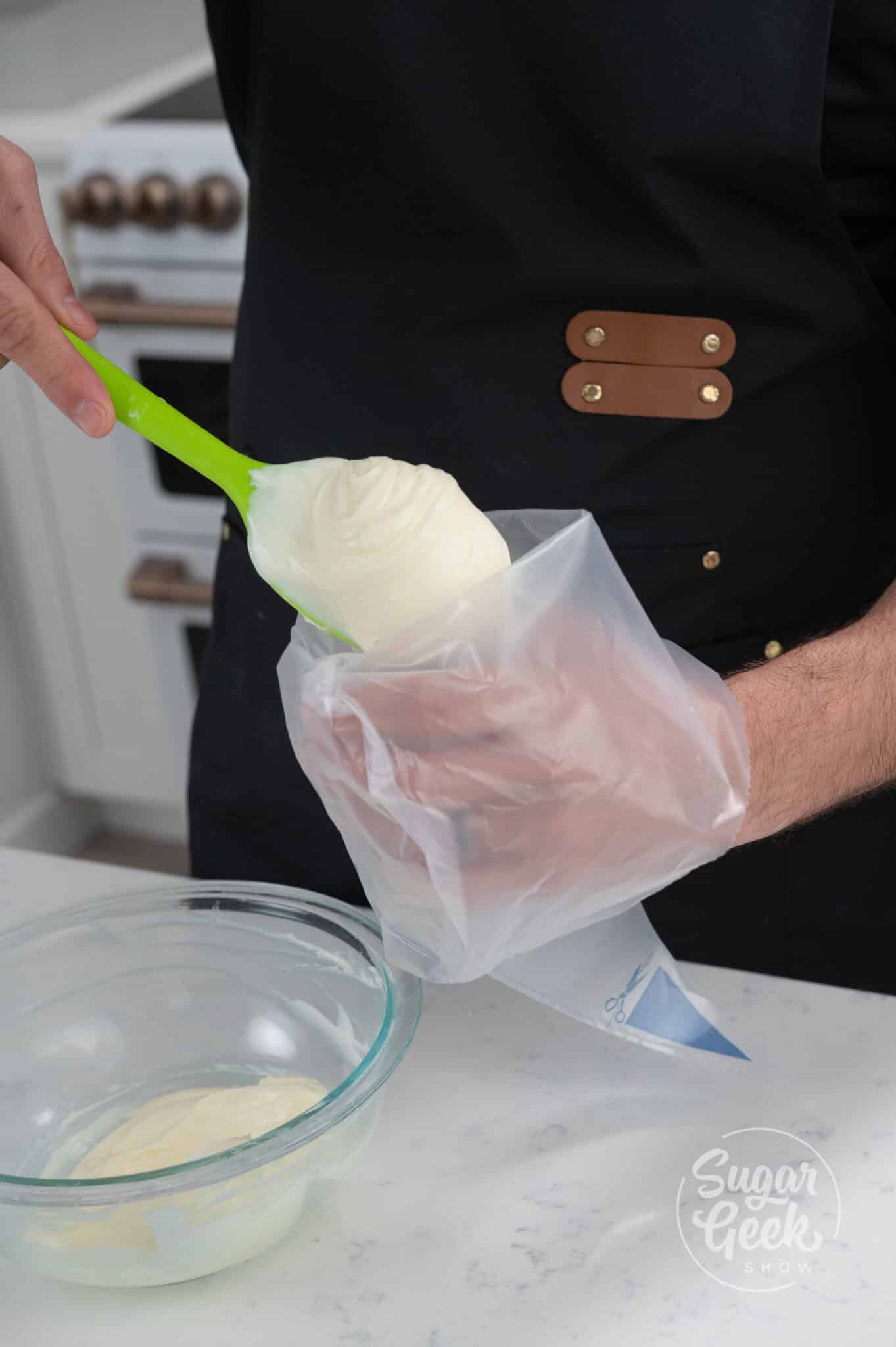
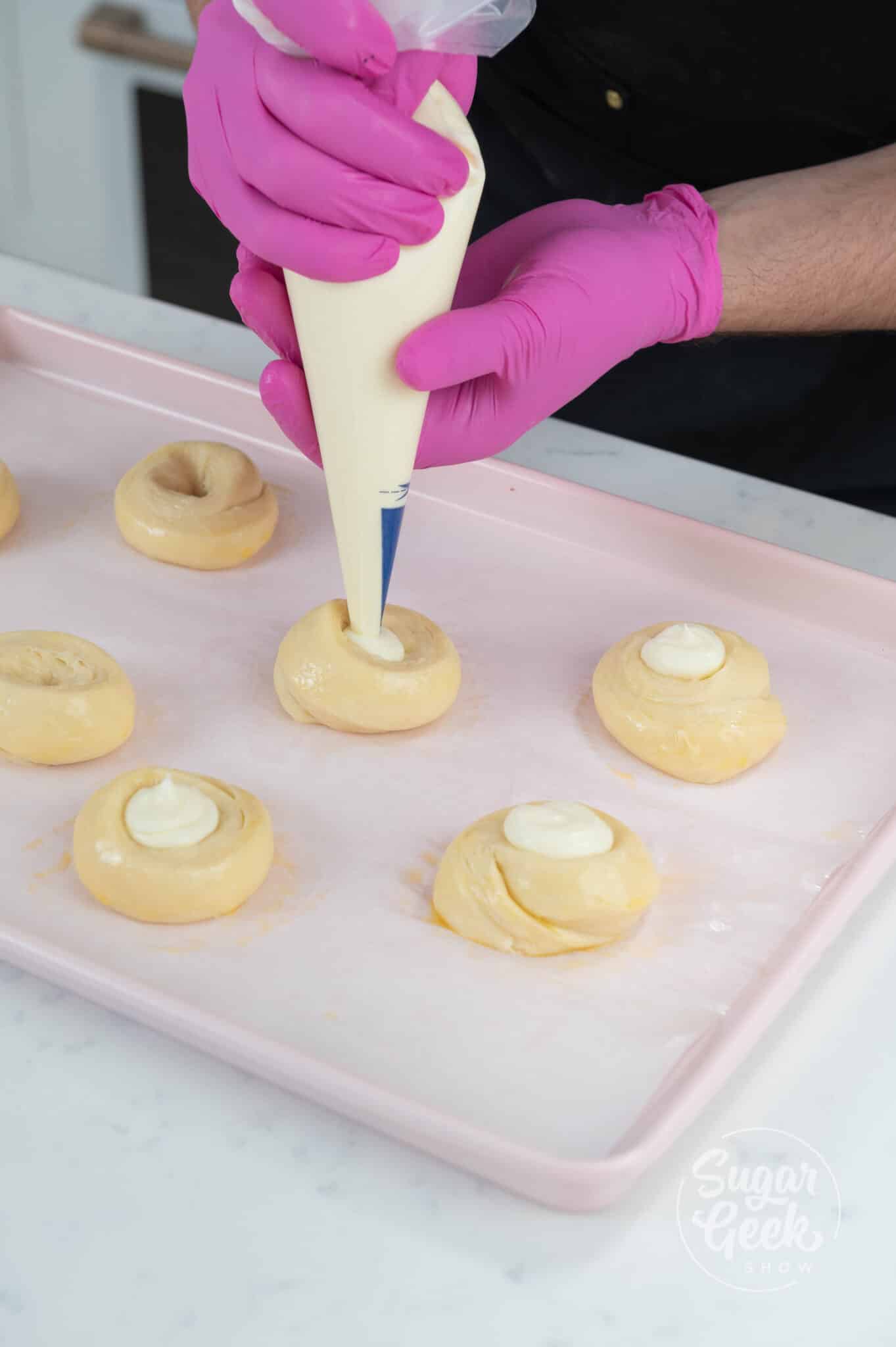
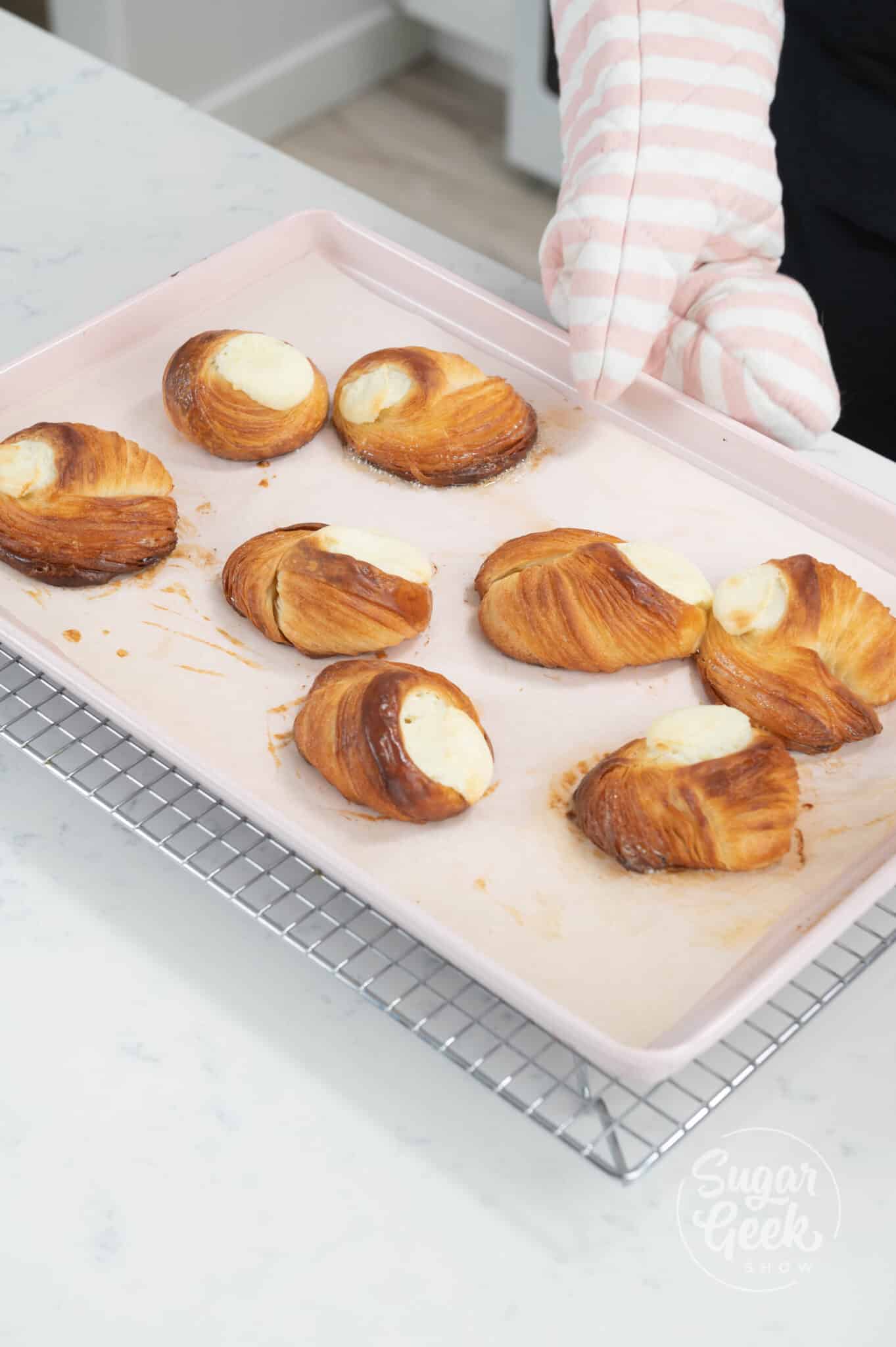



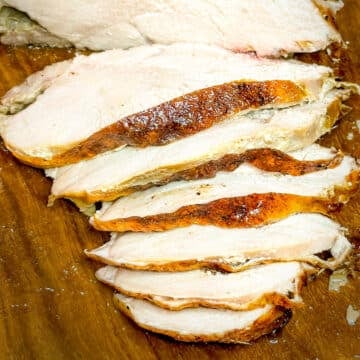

Leave a Reply